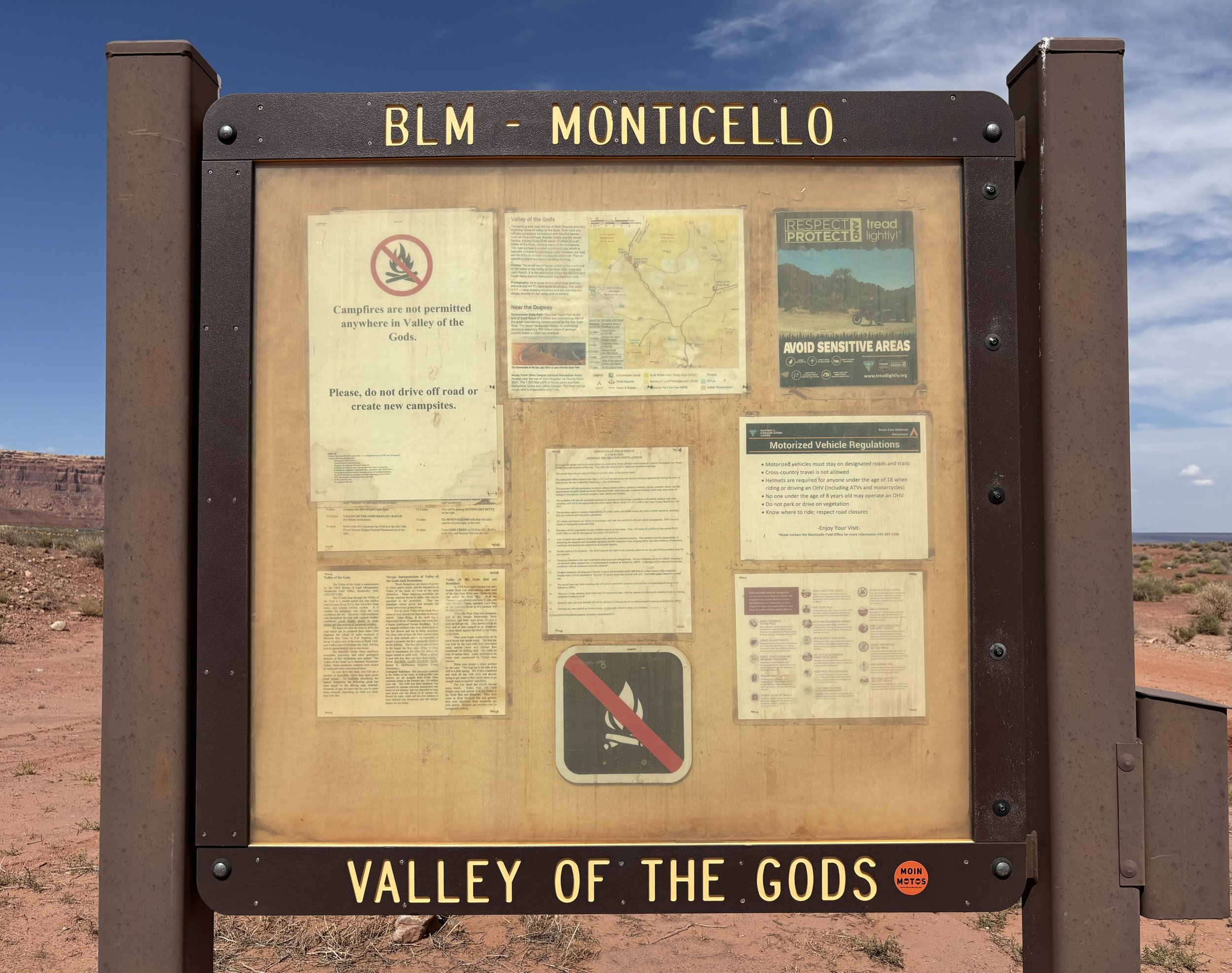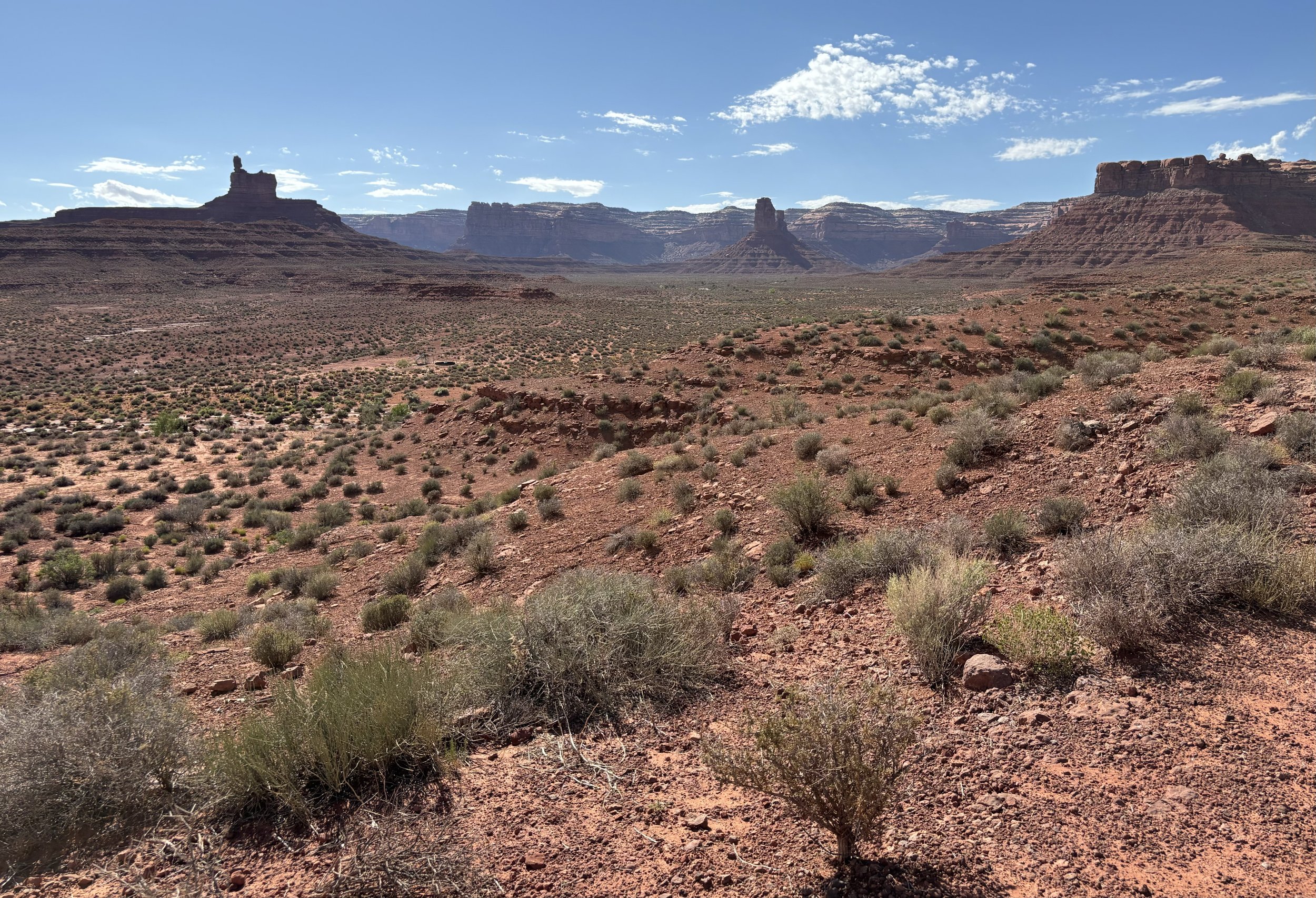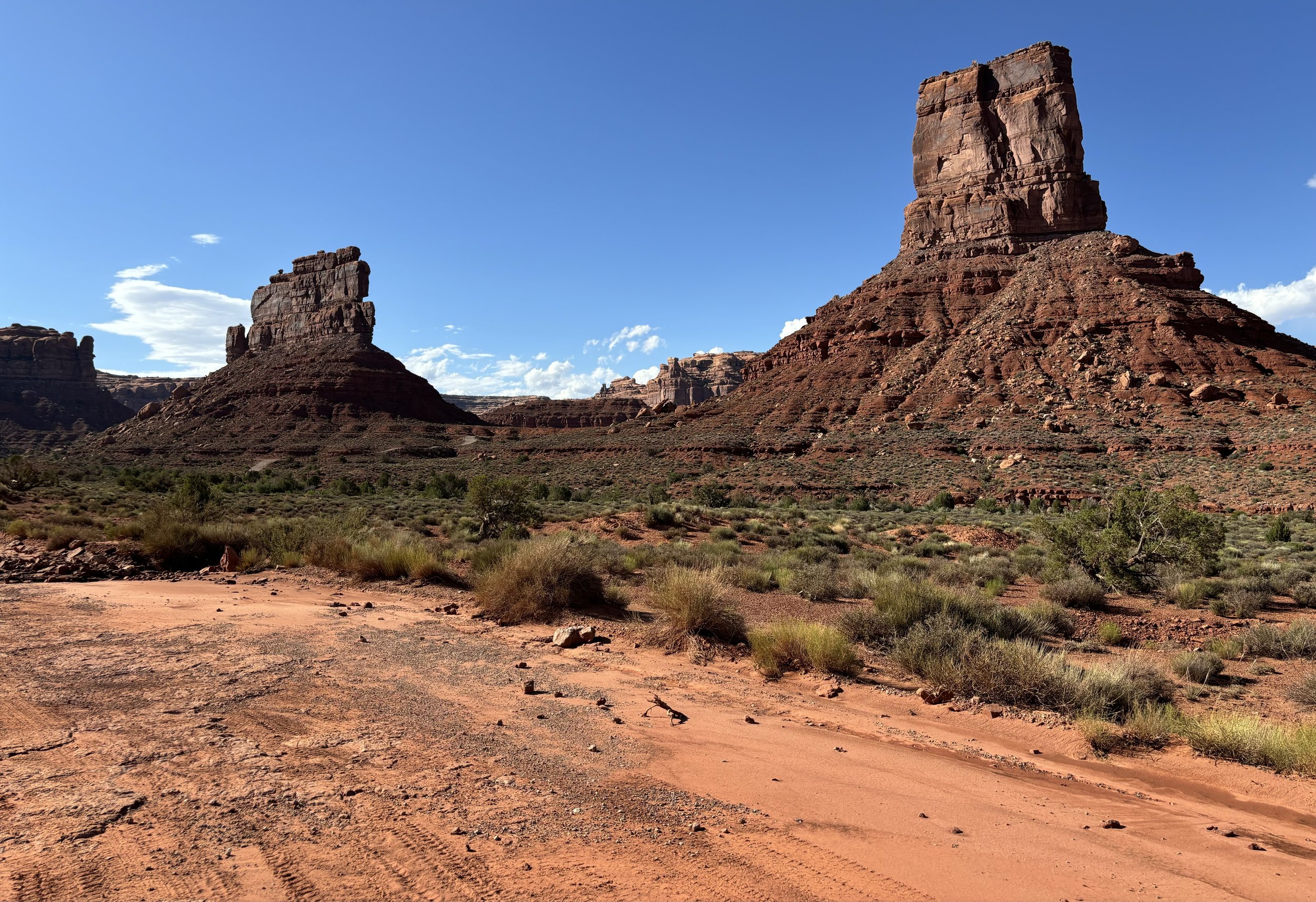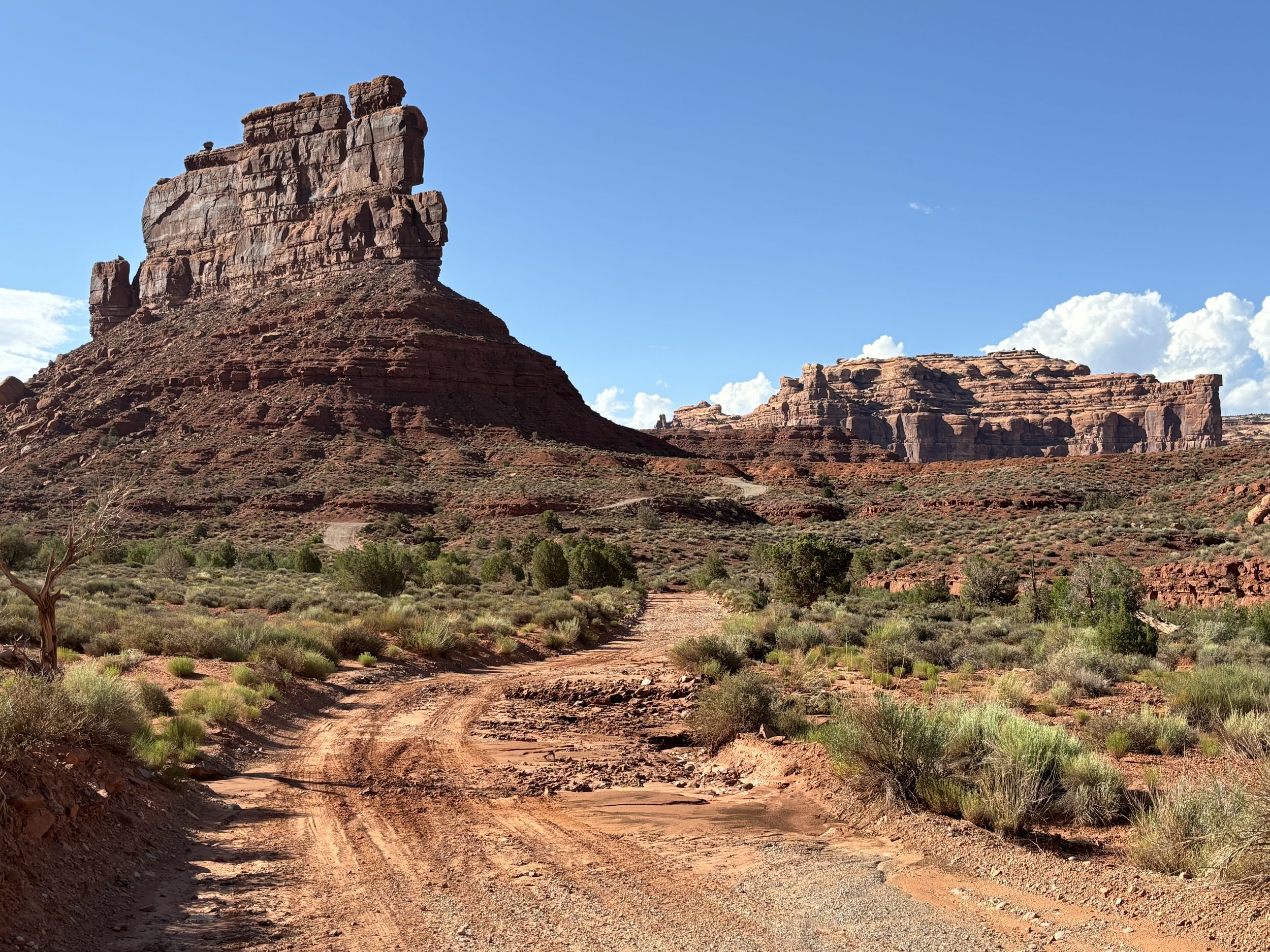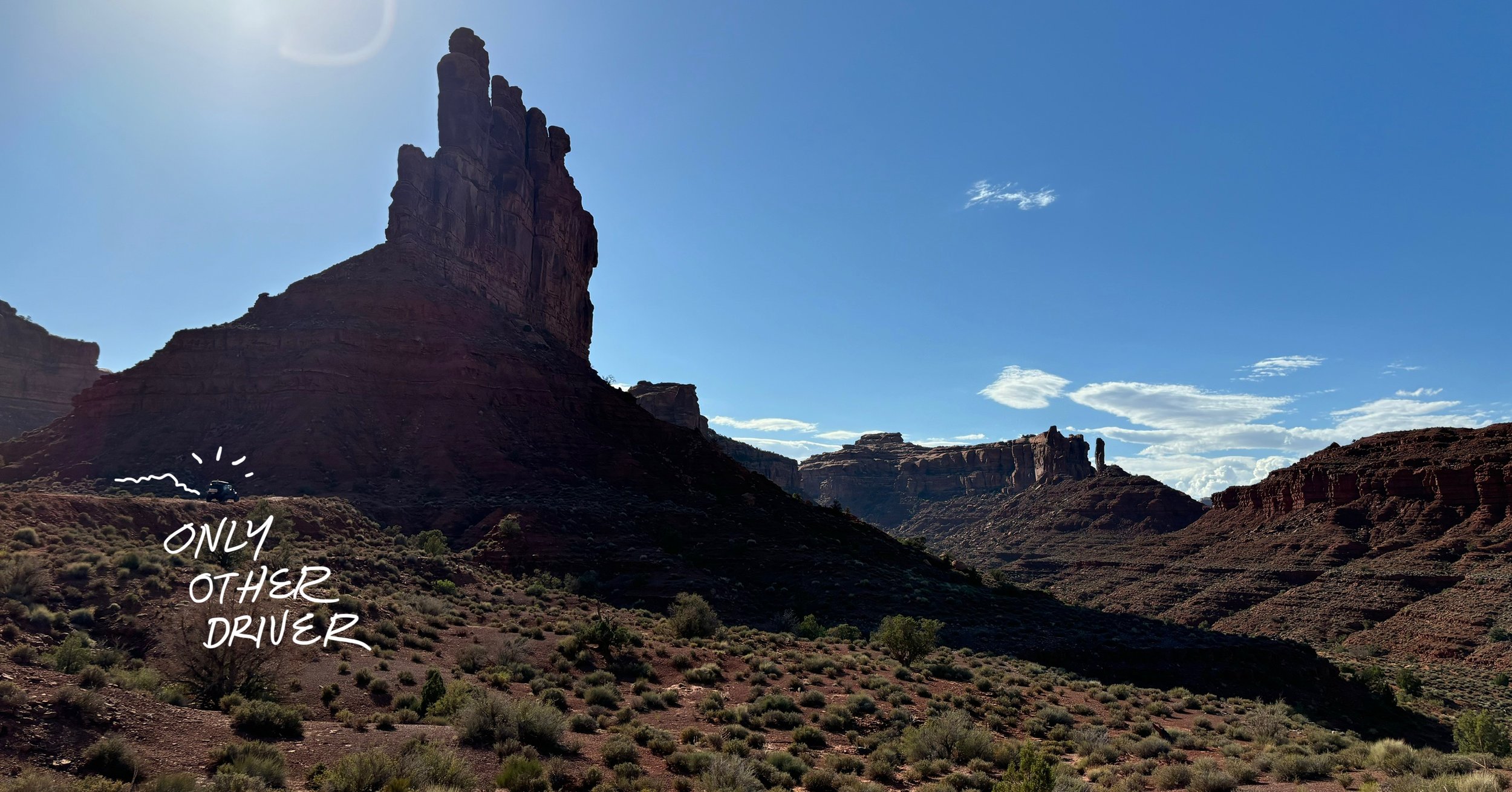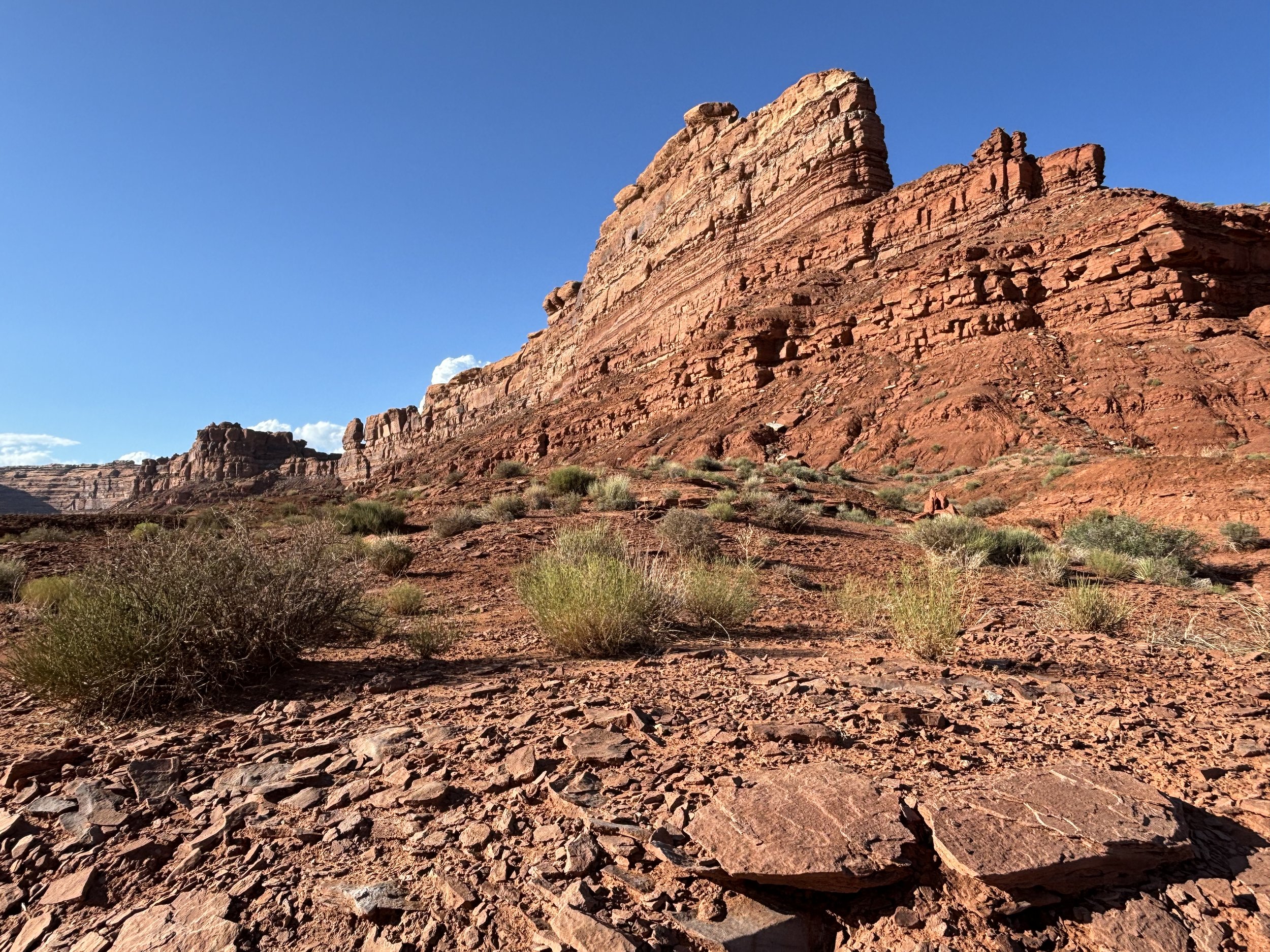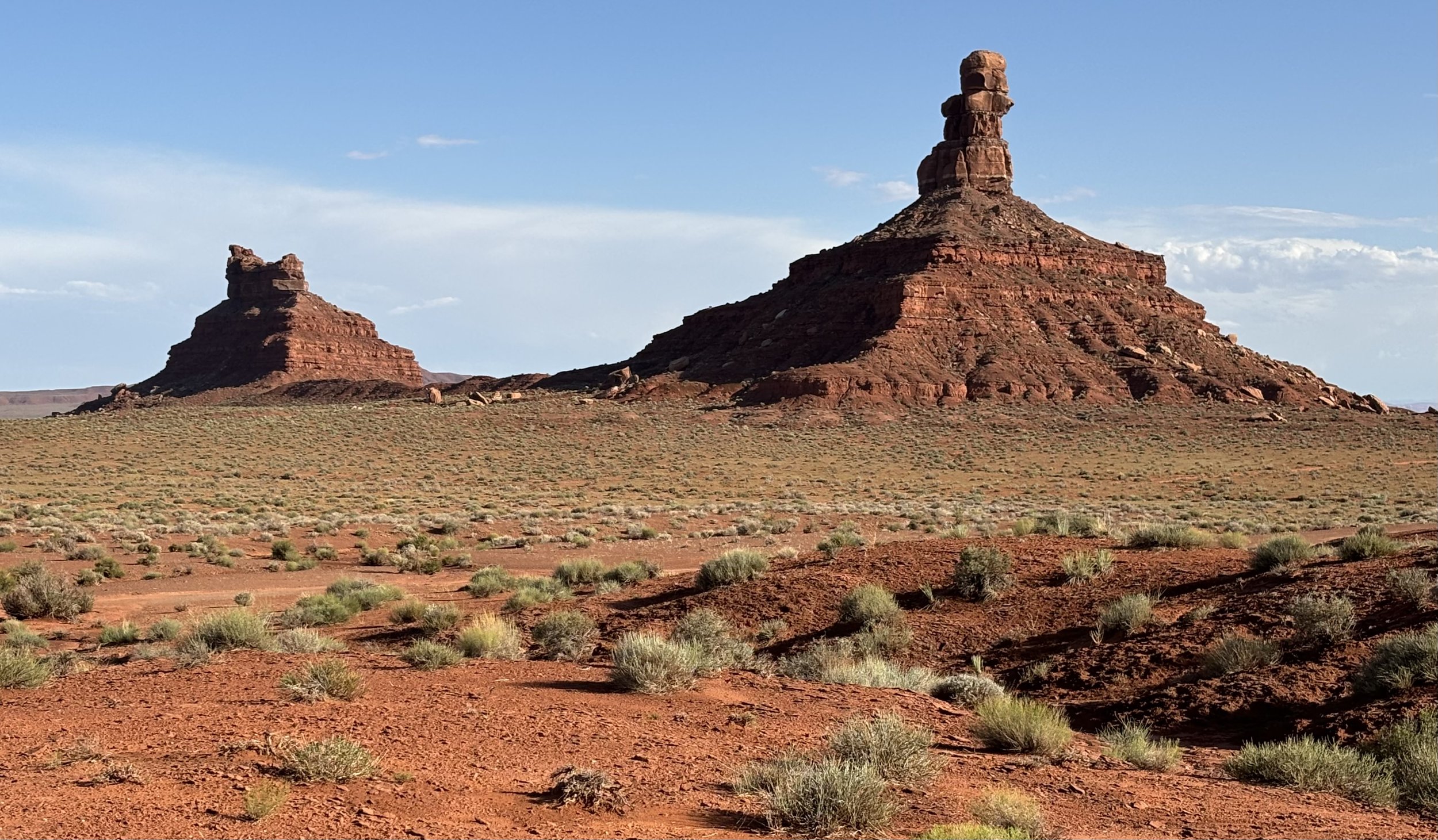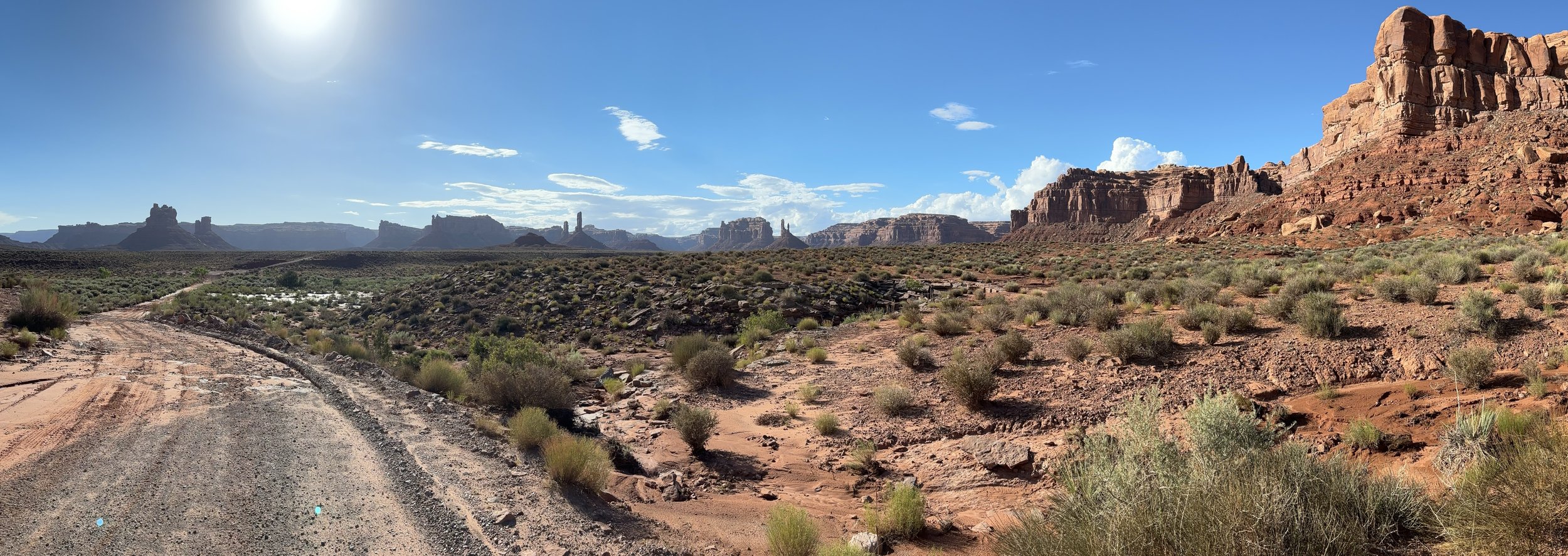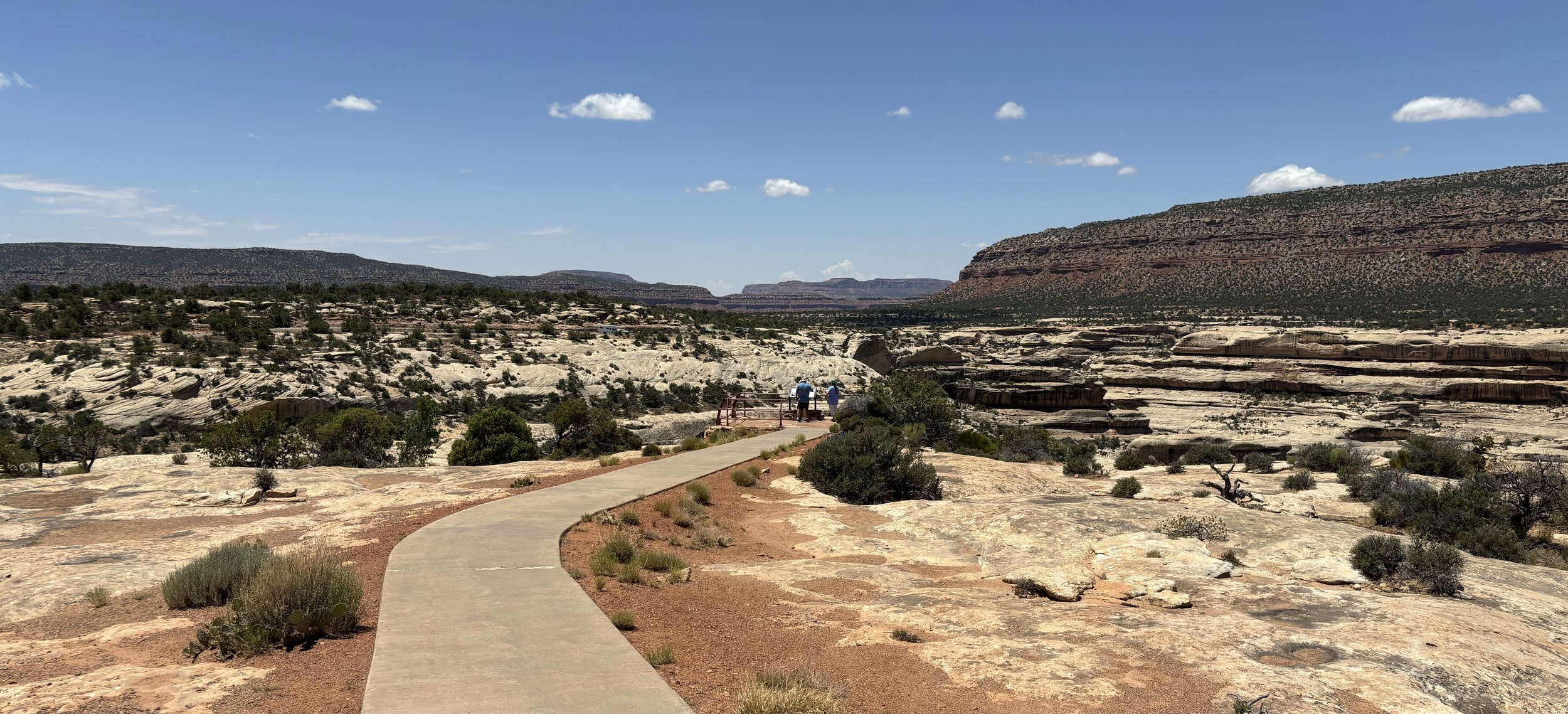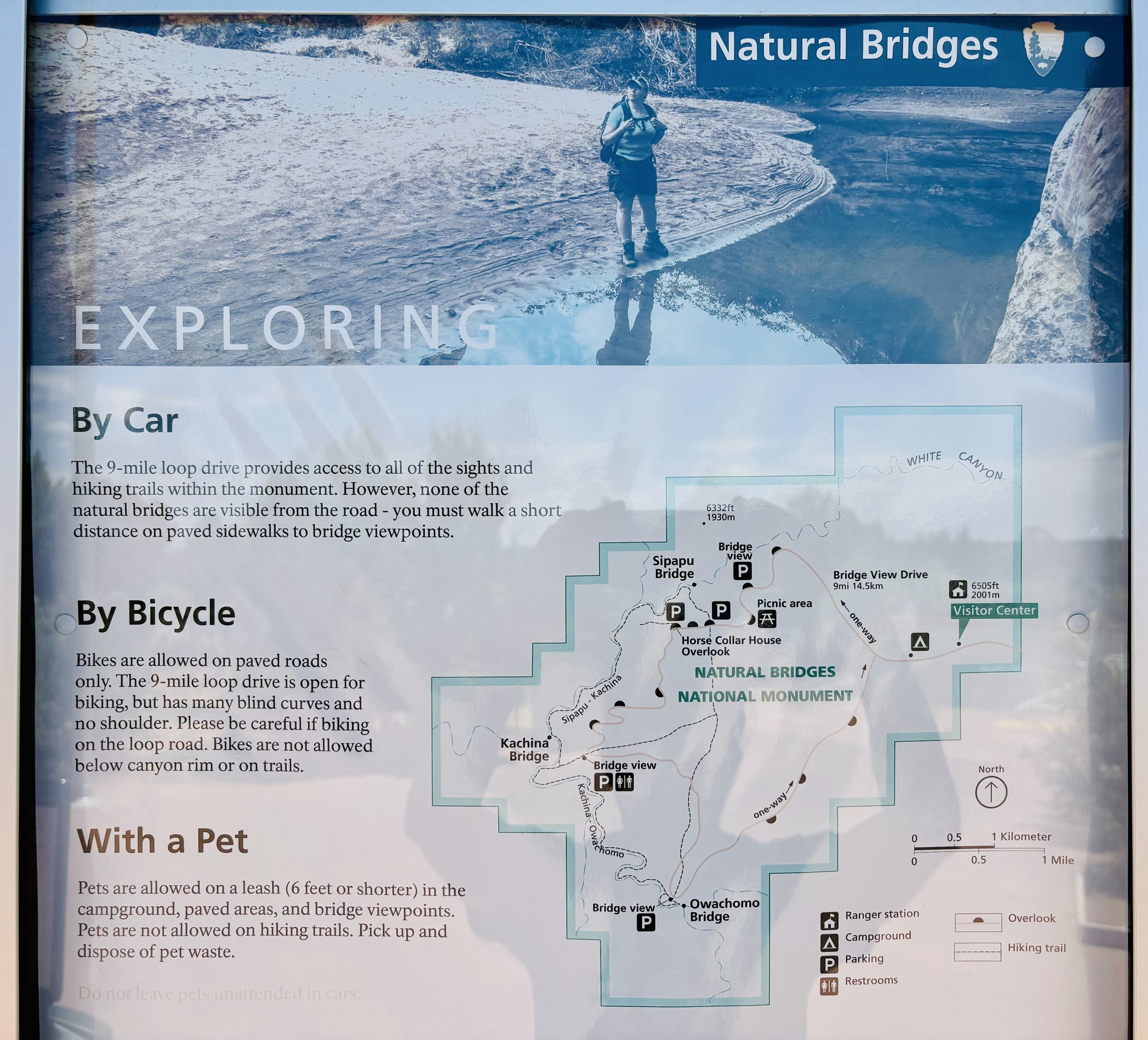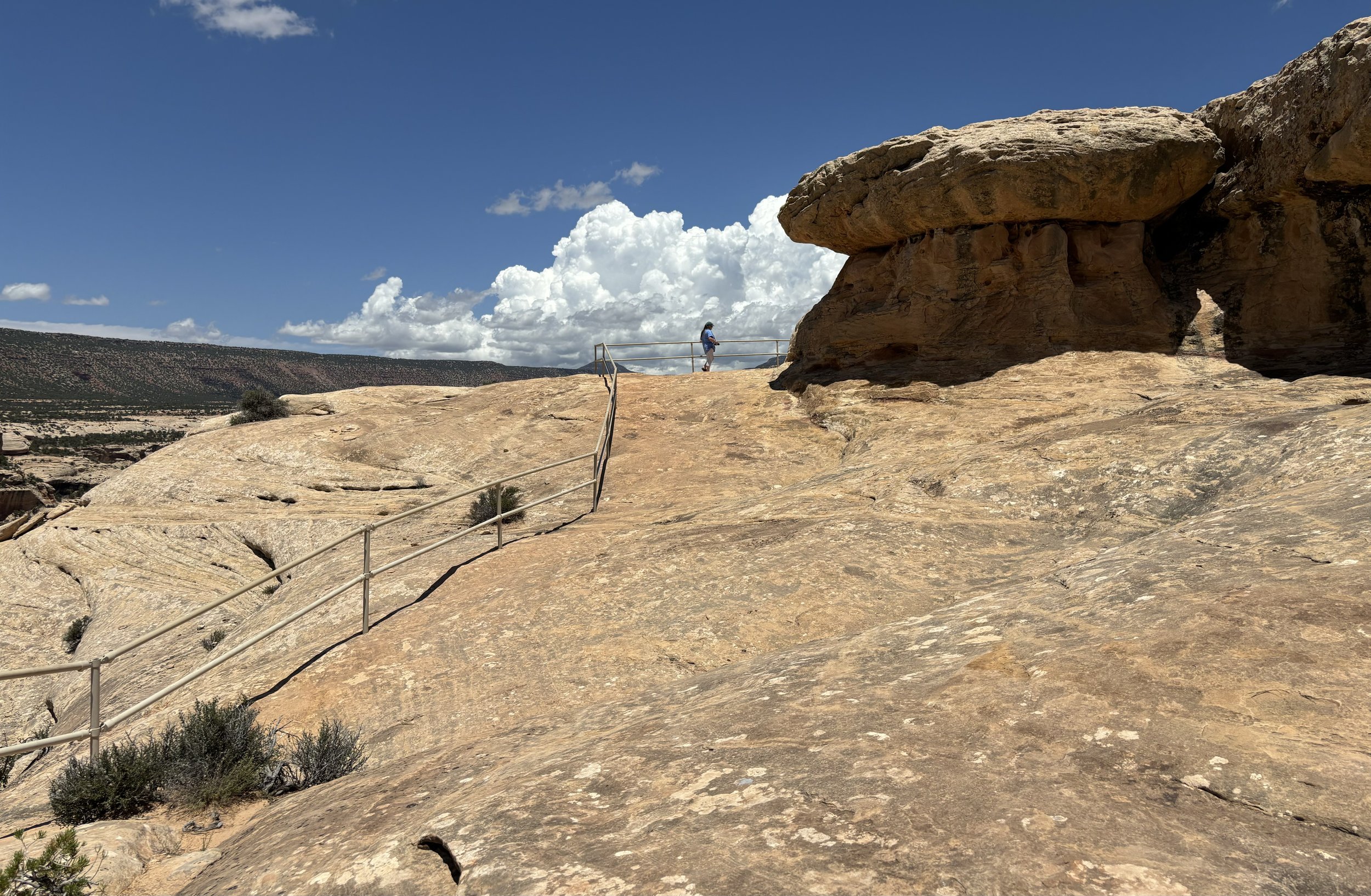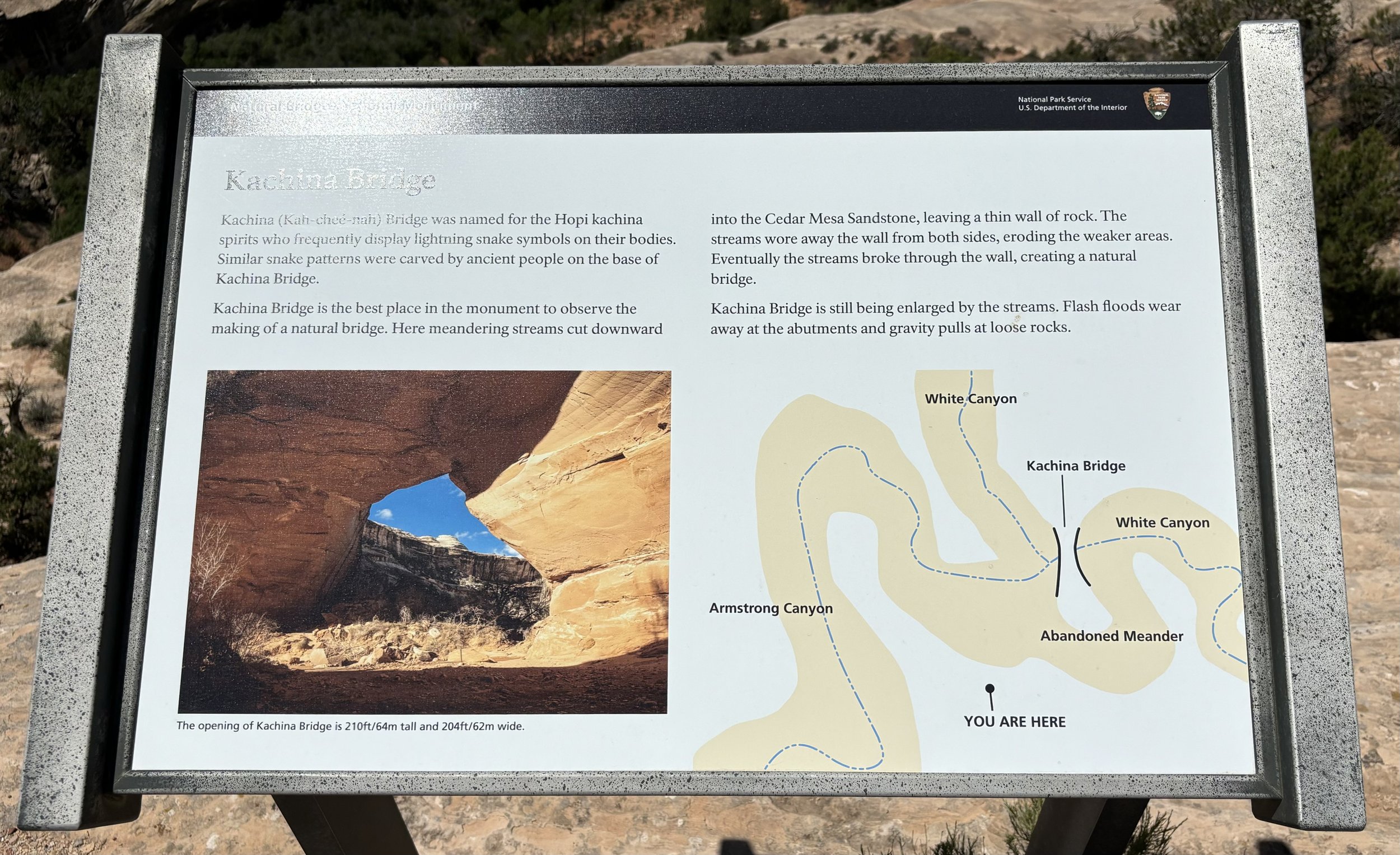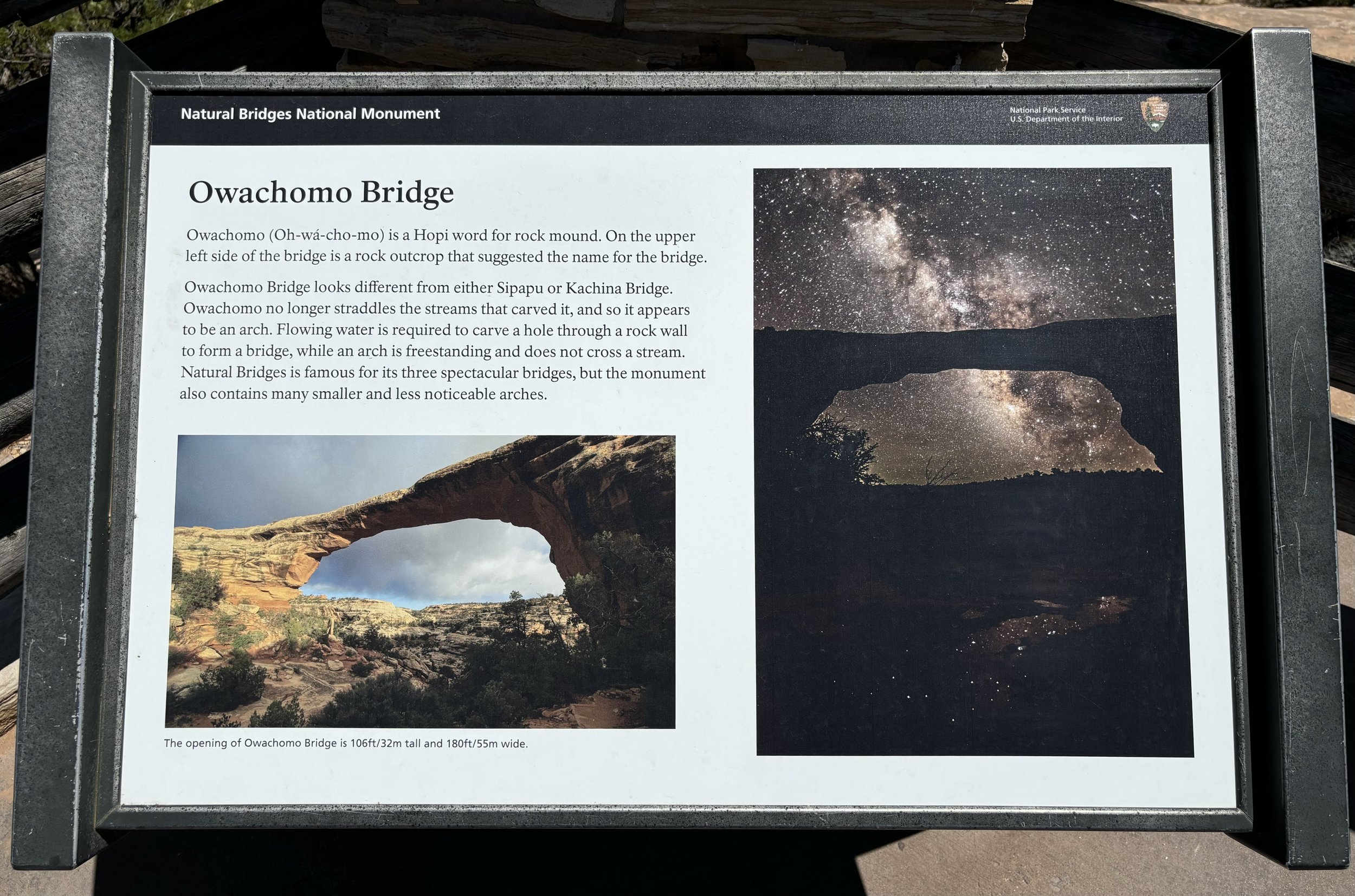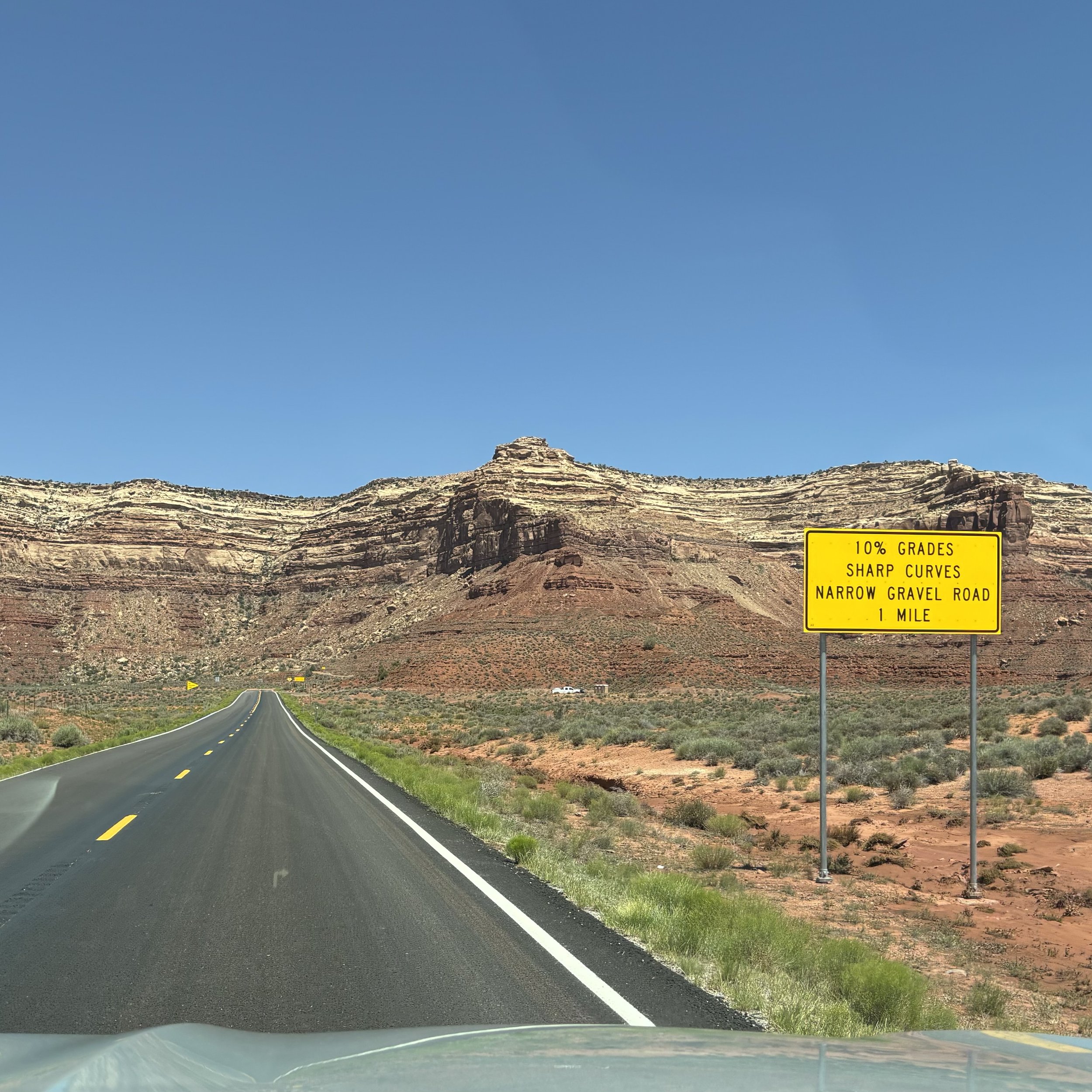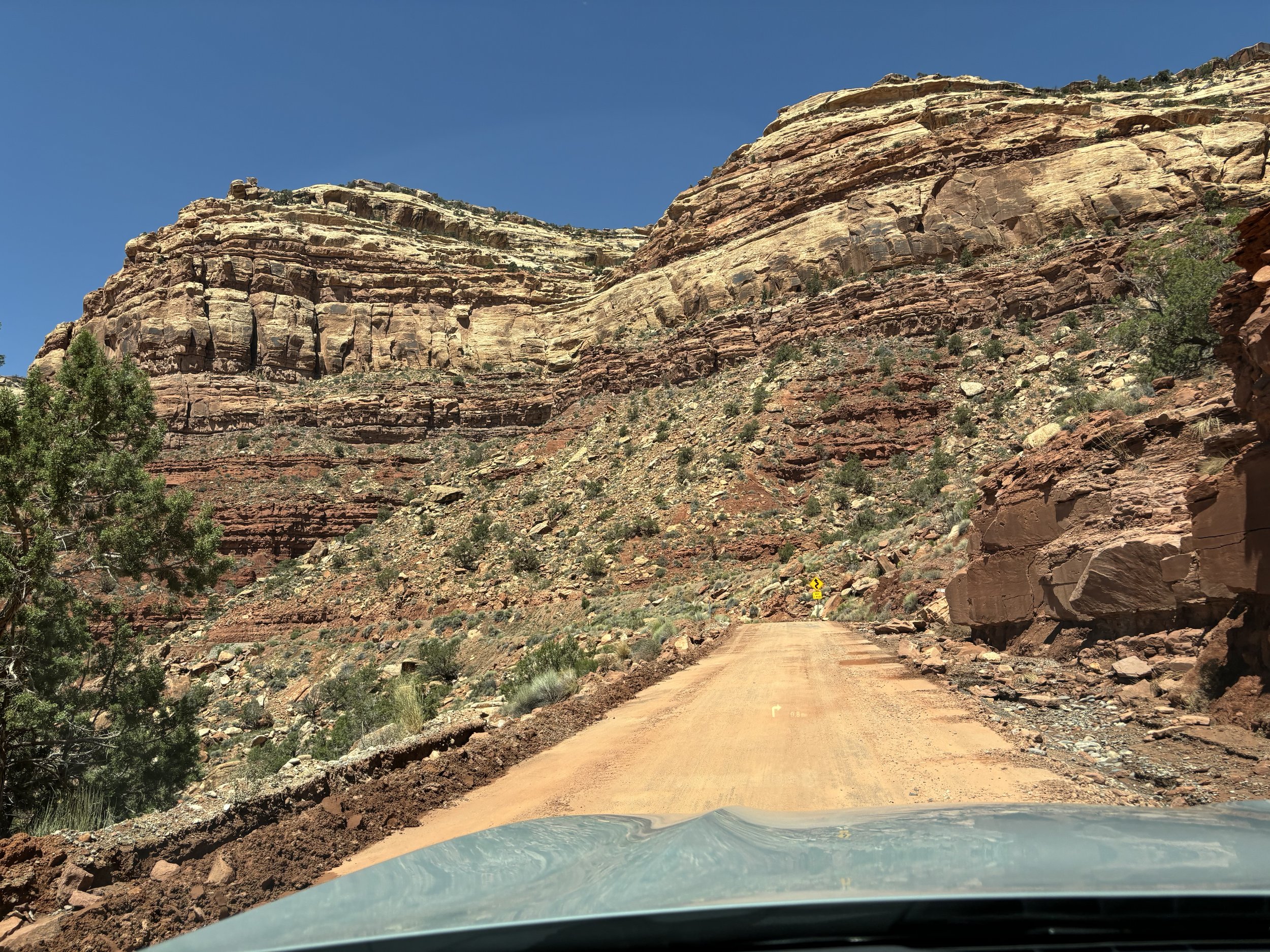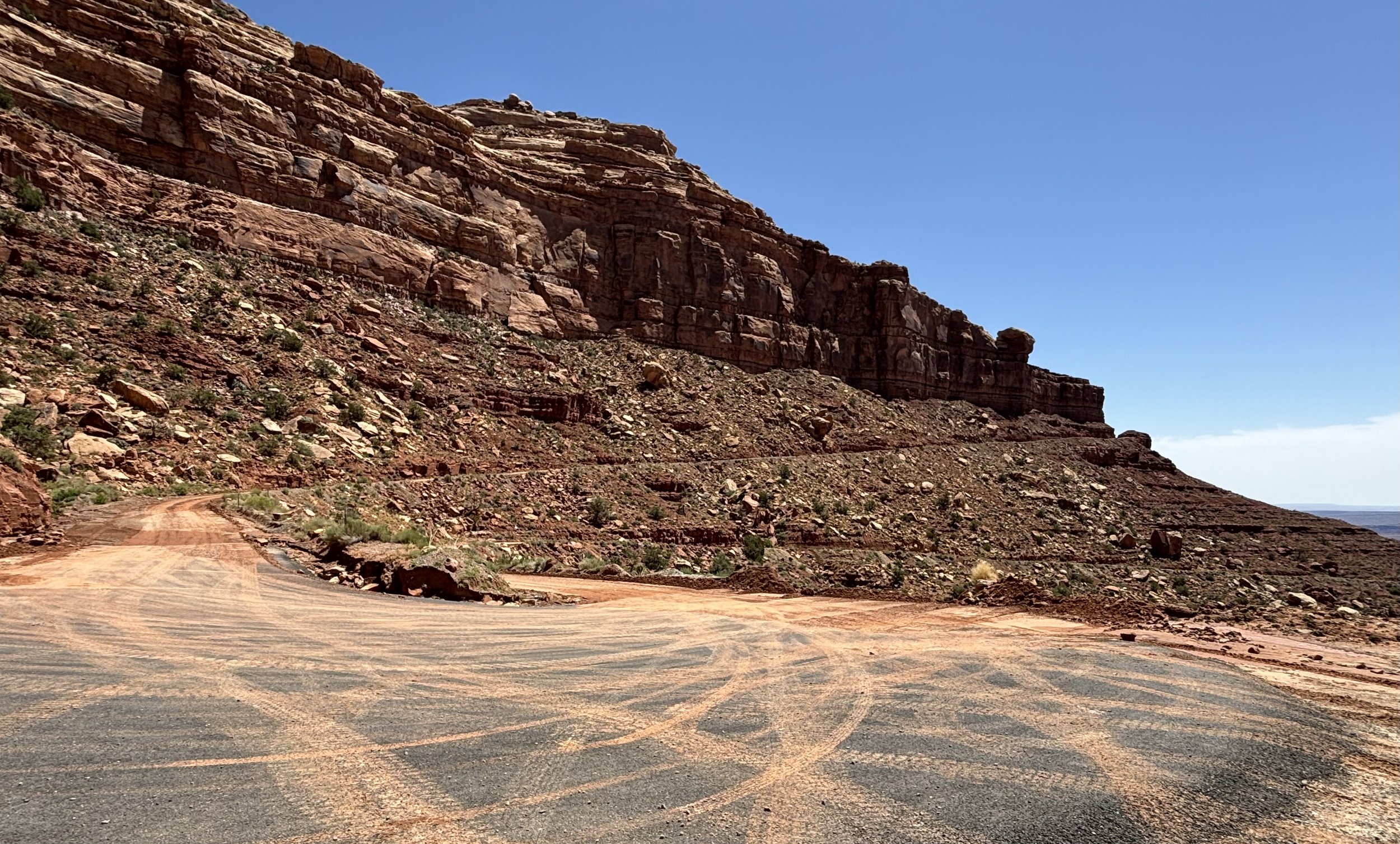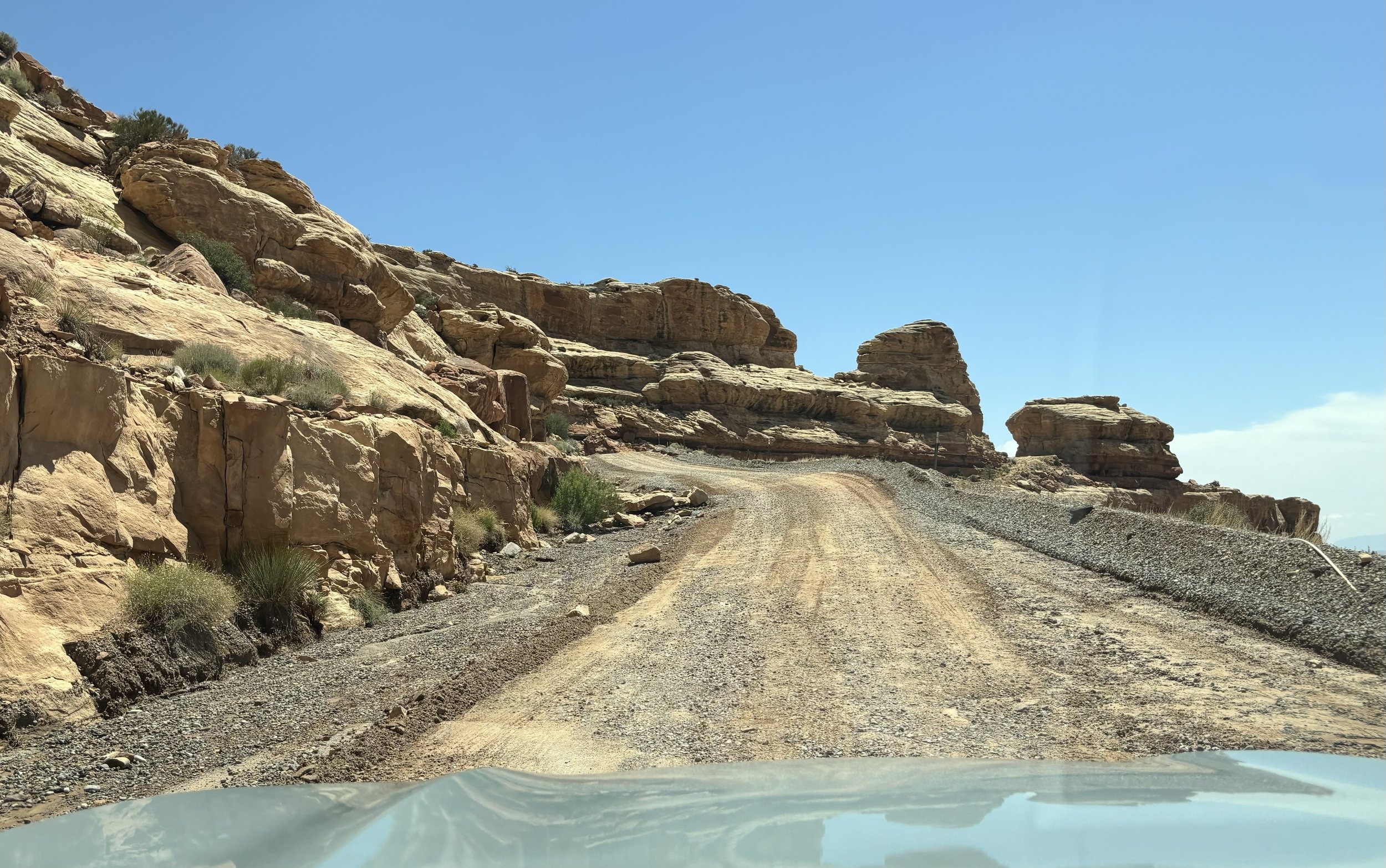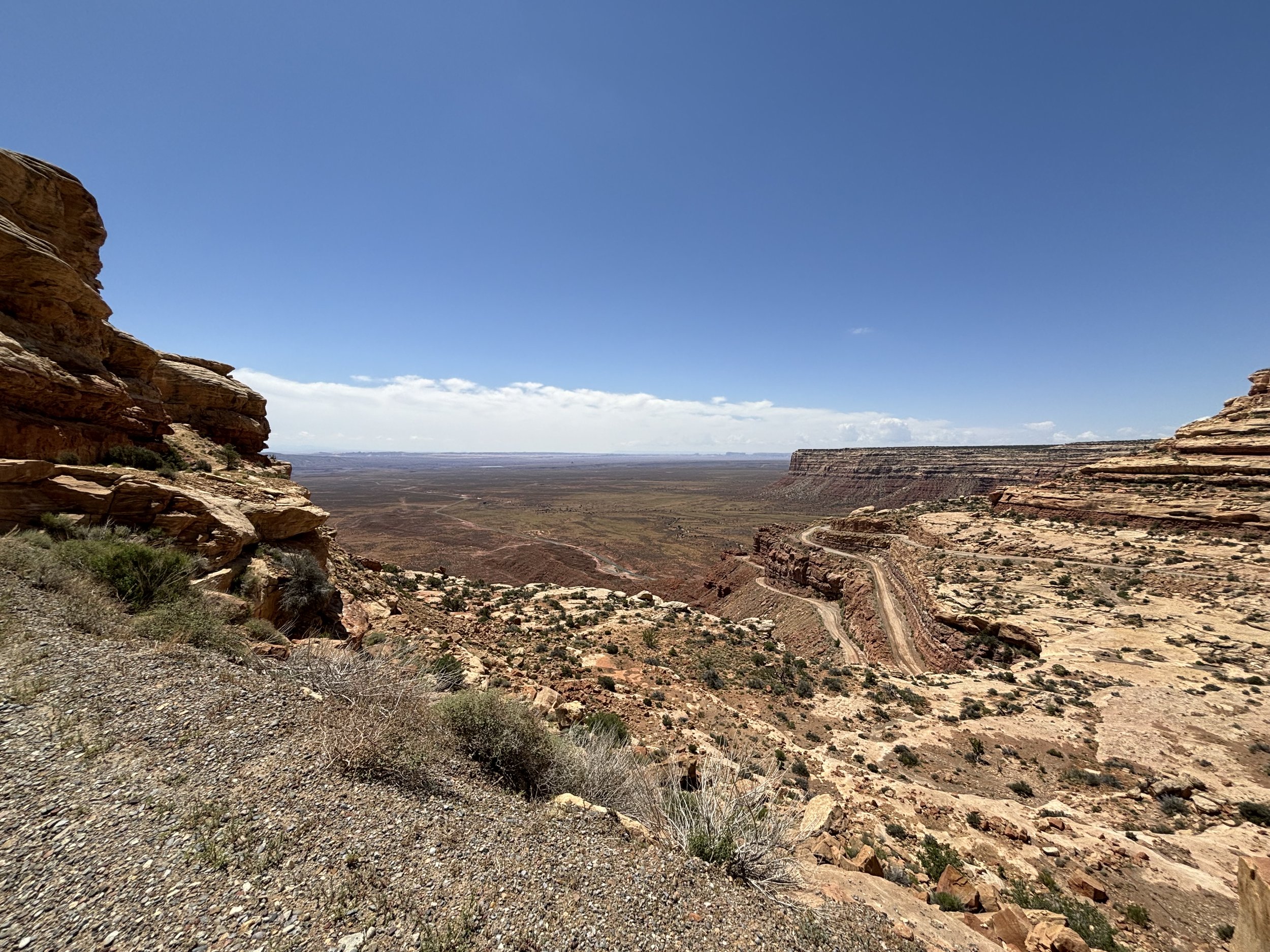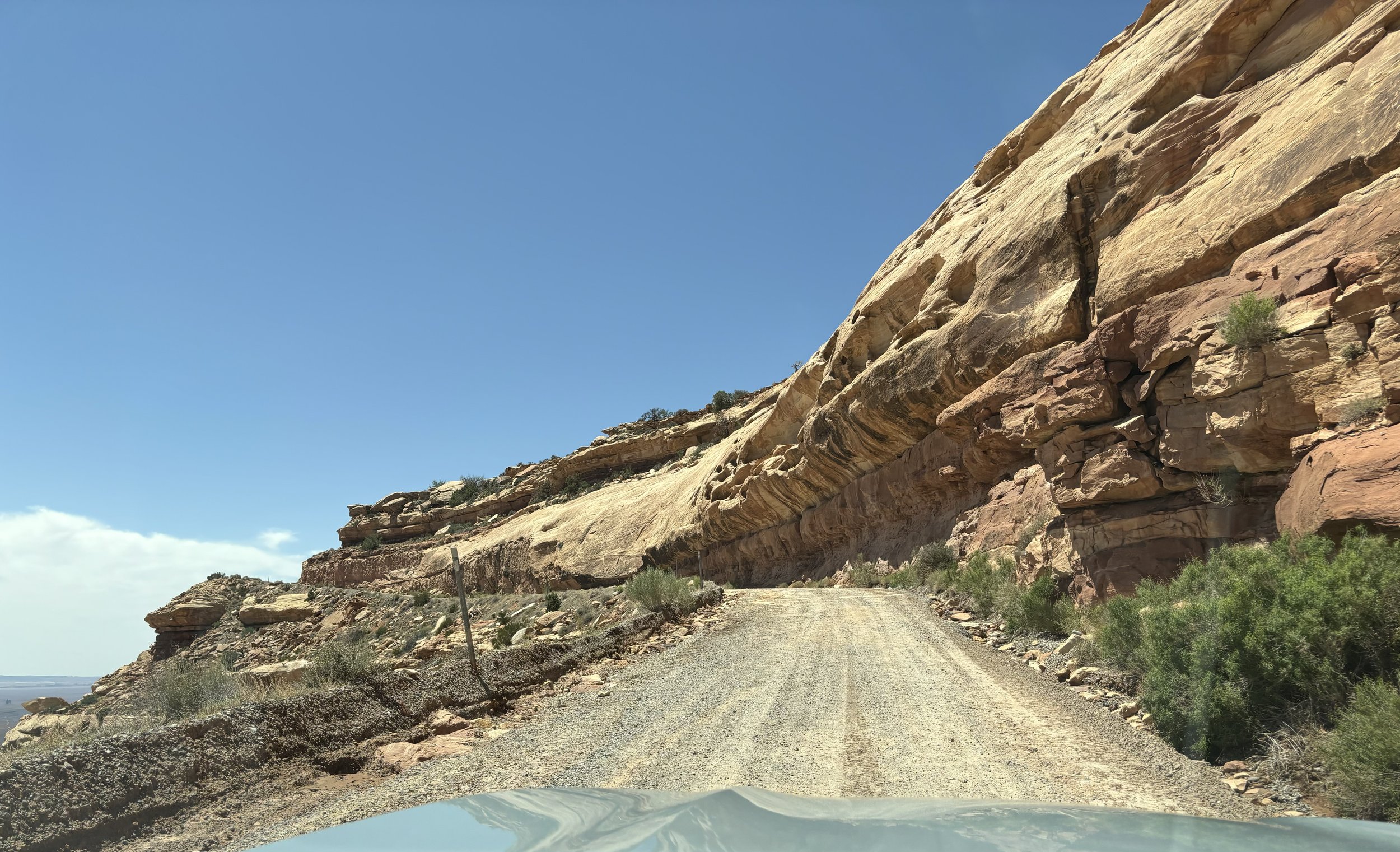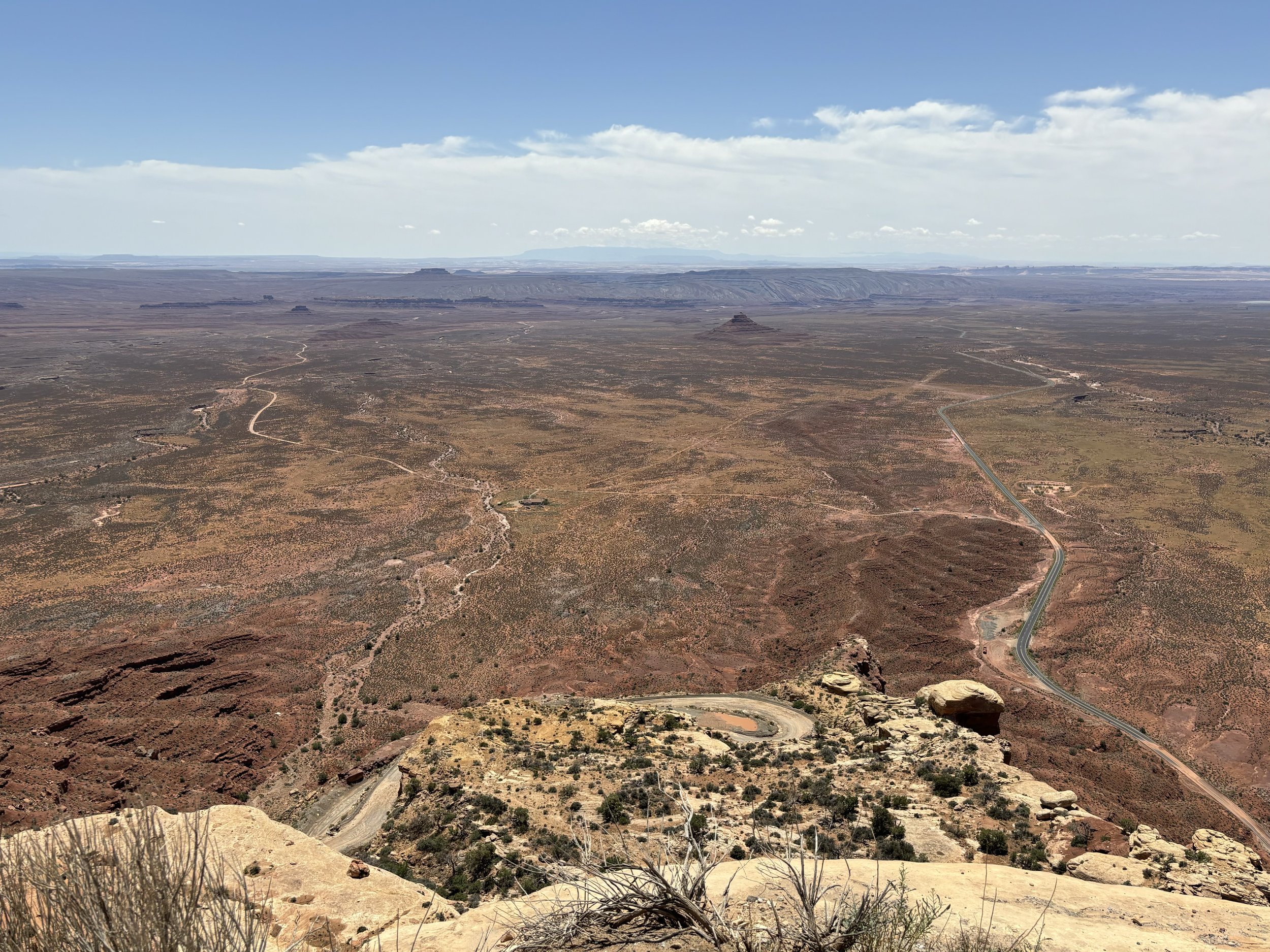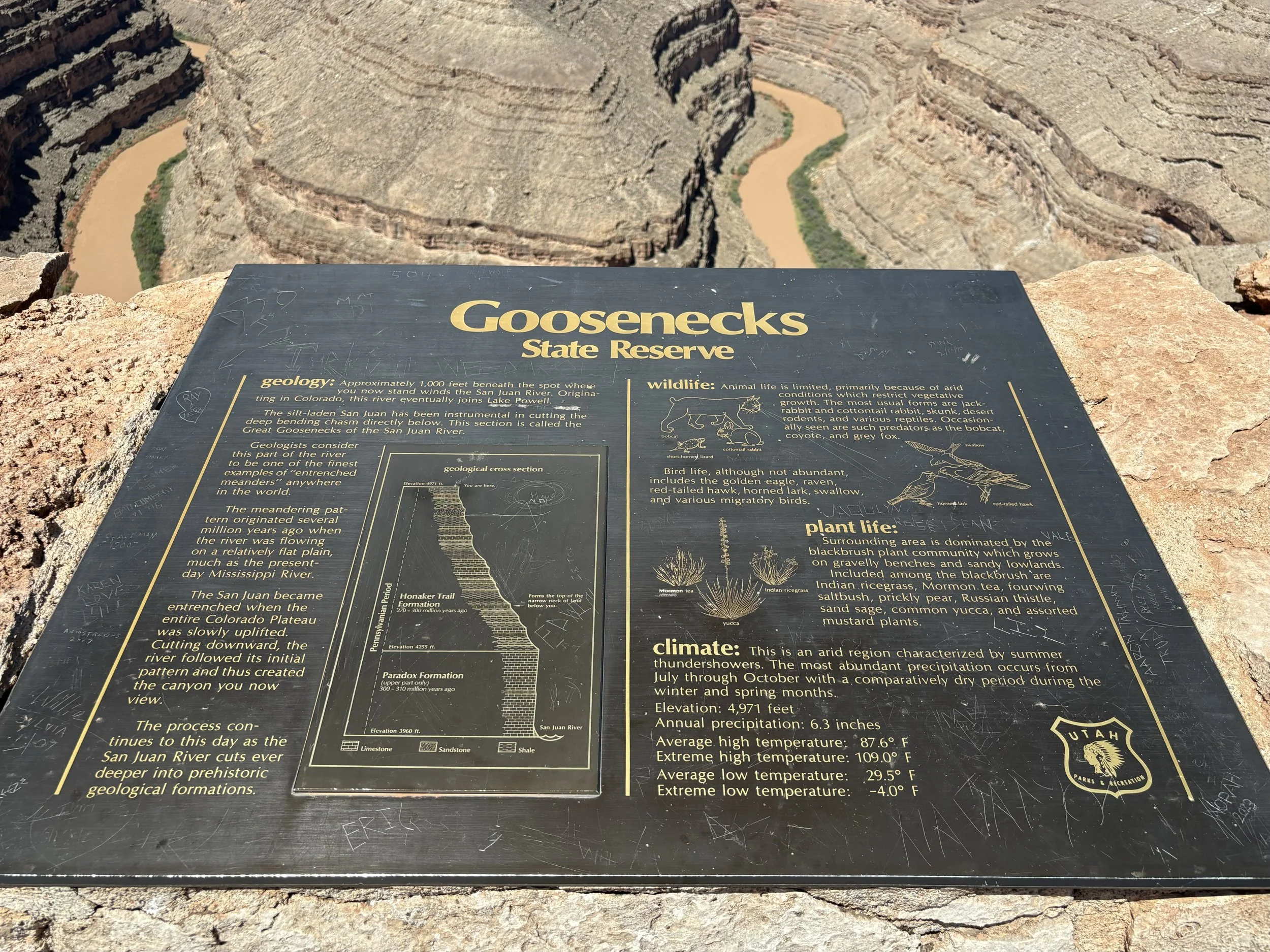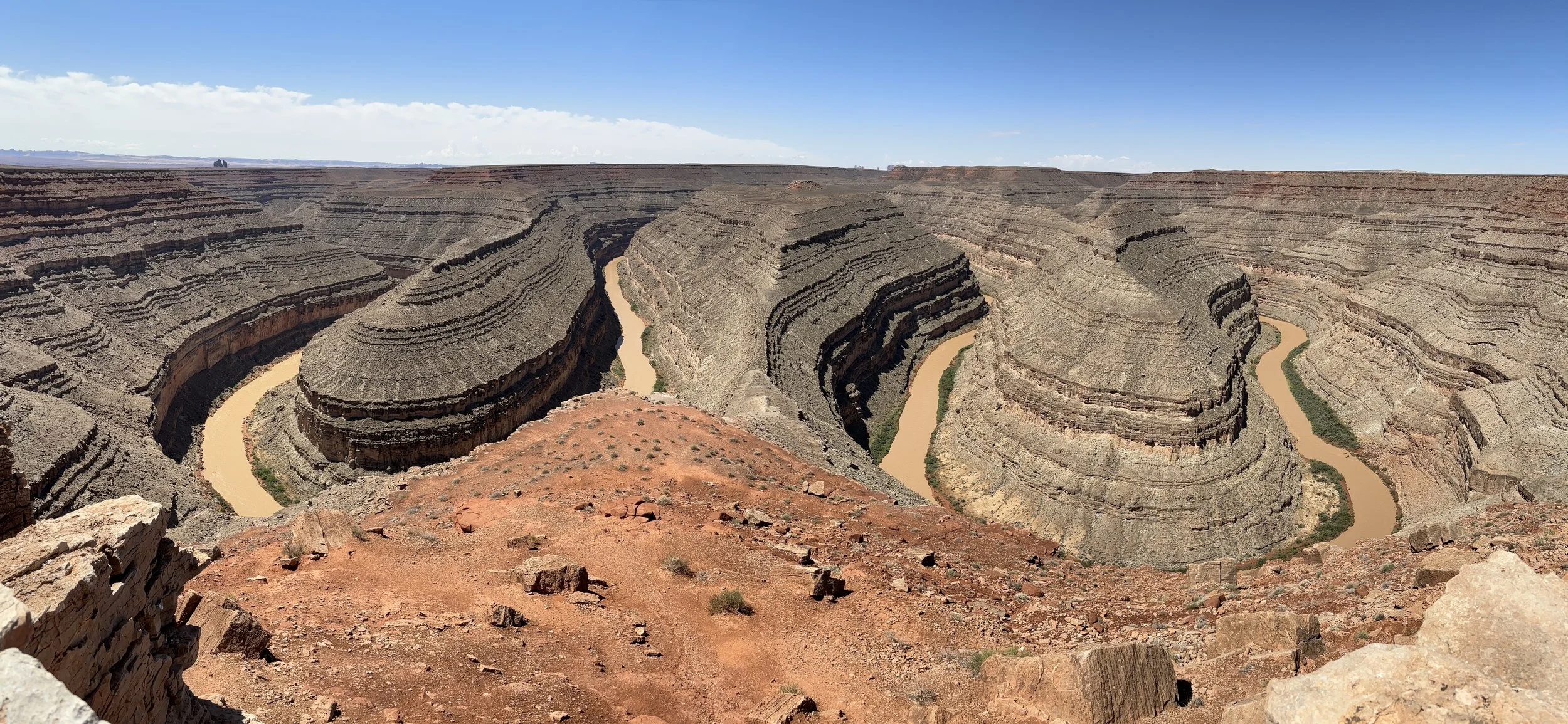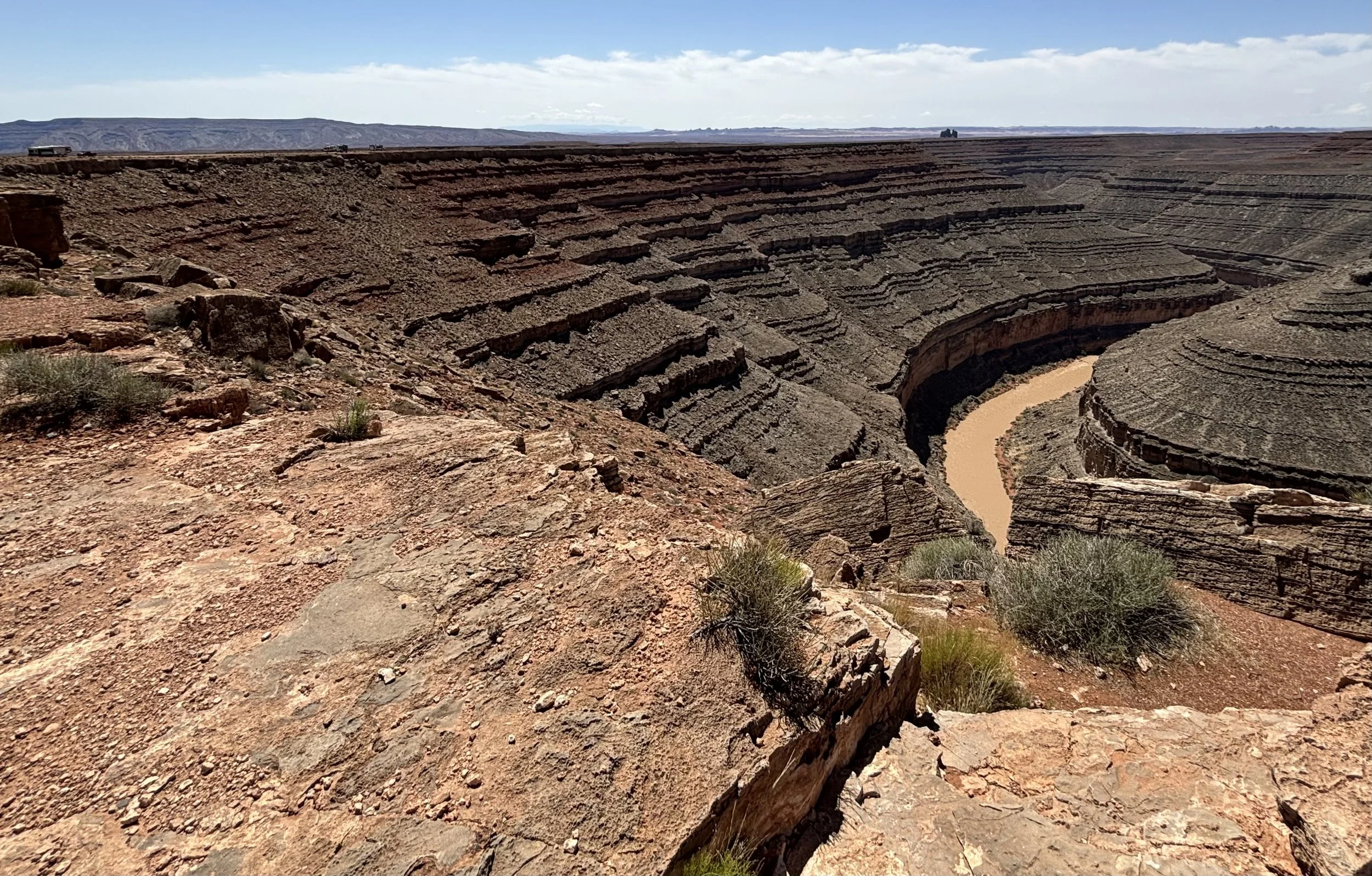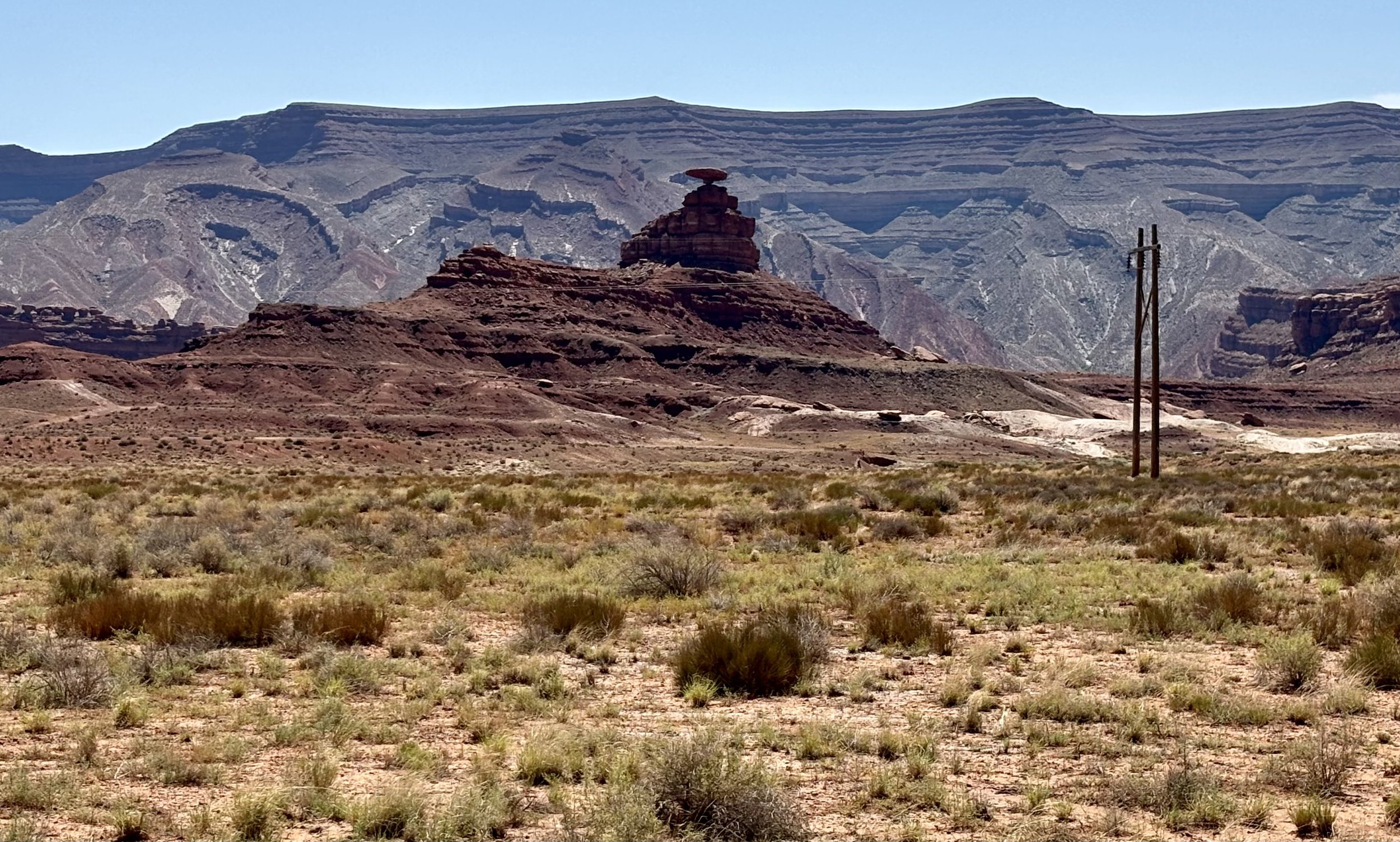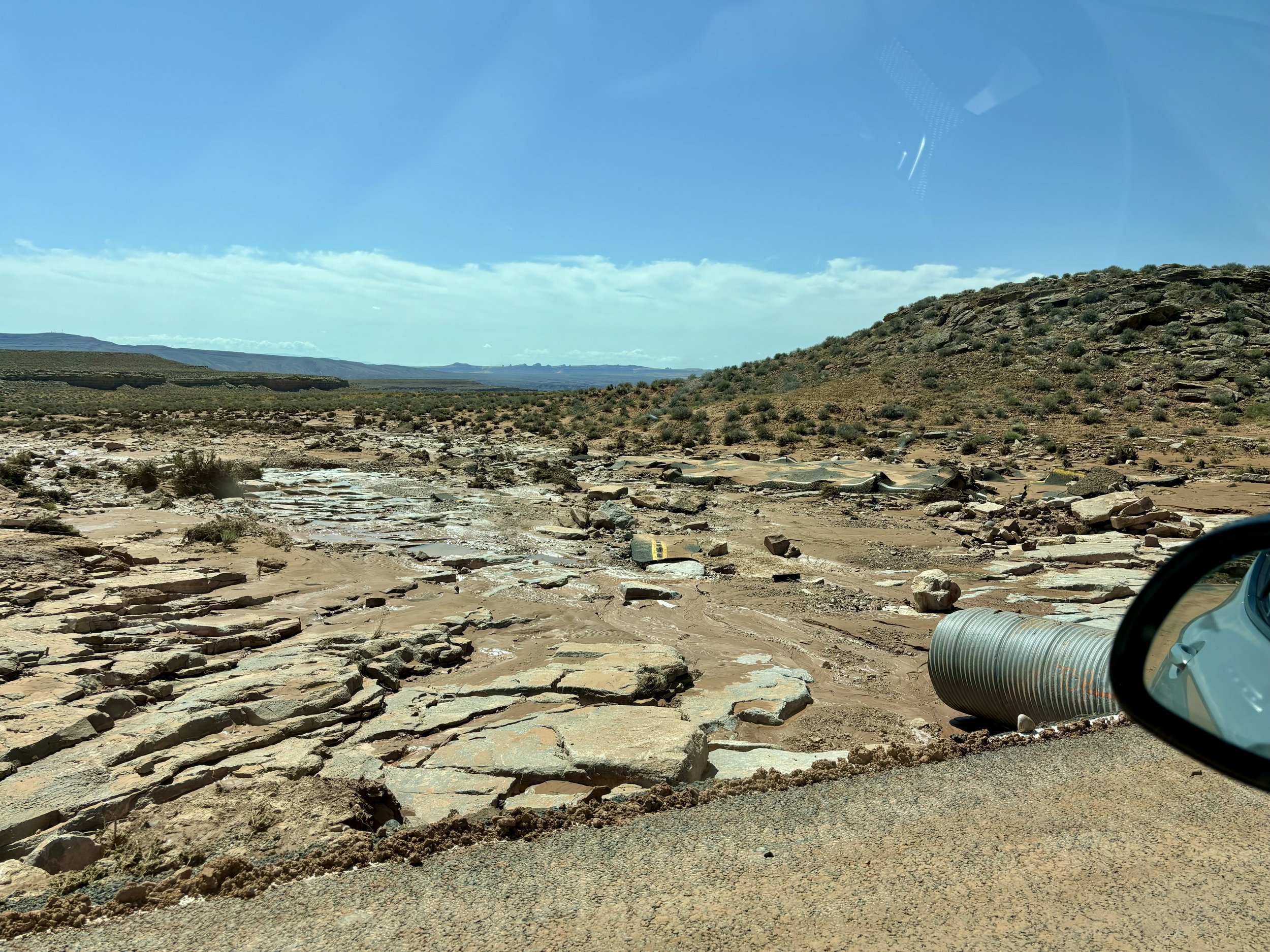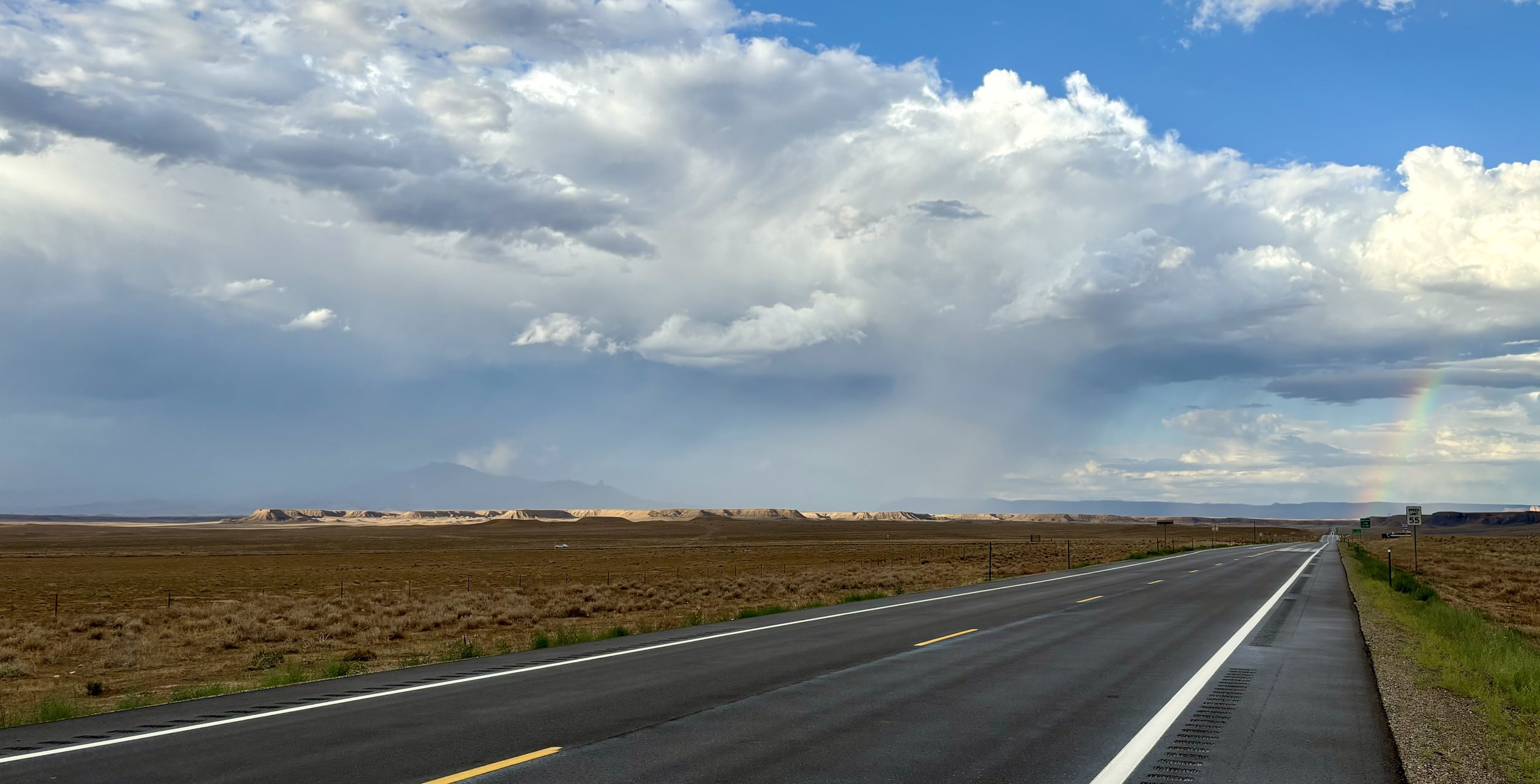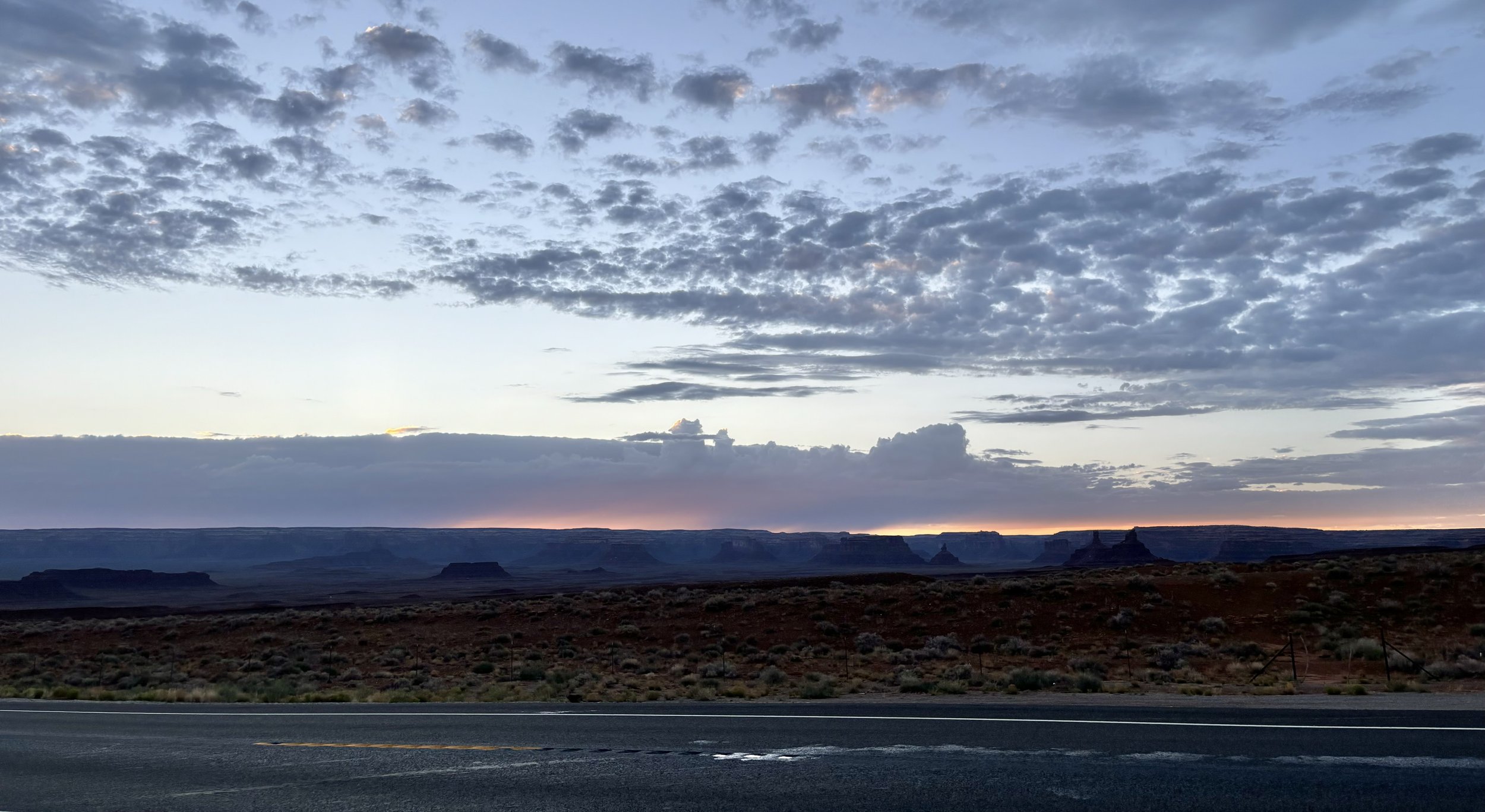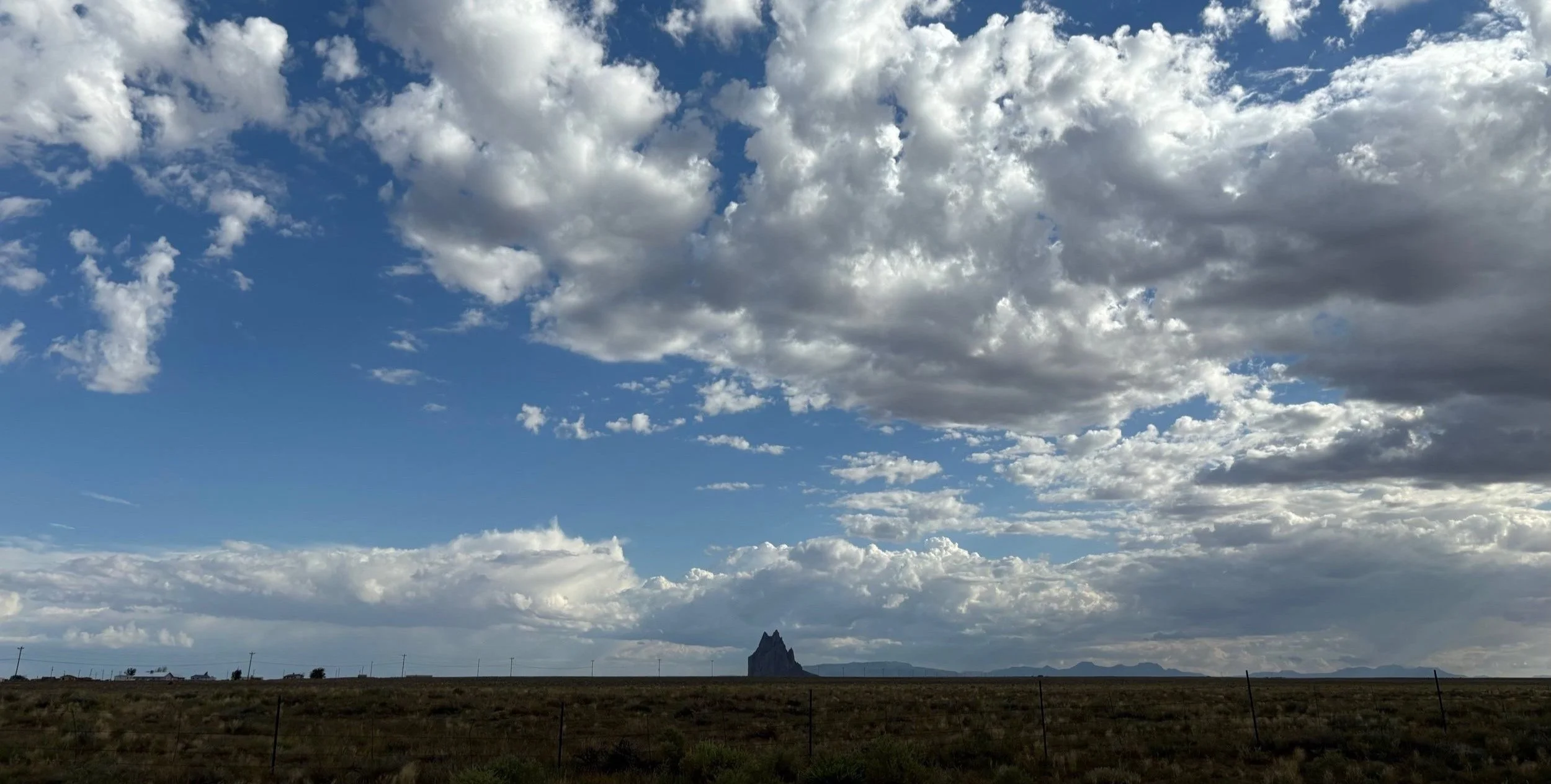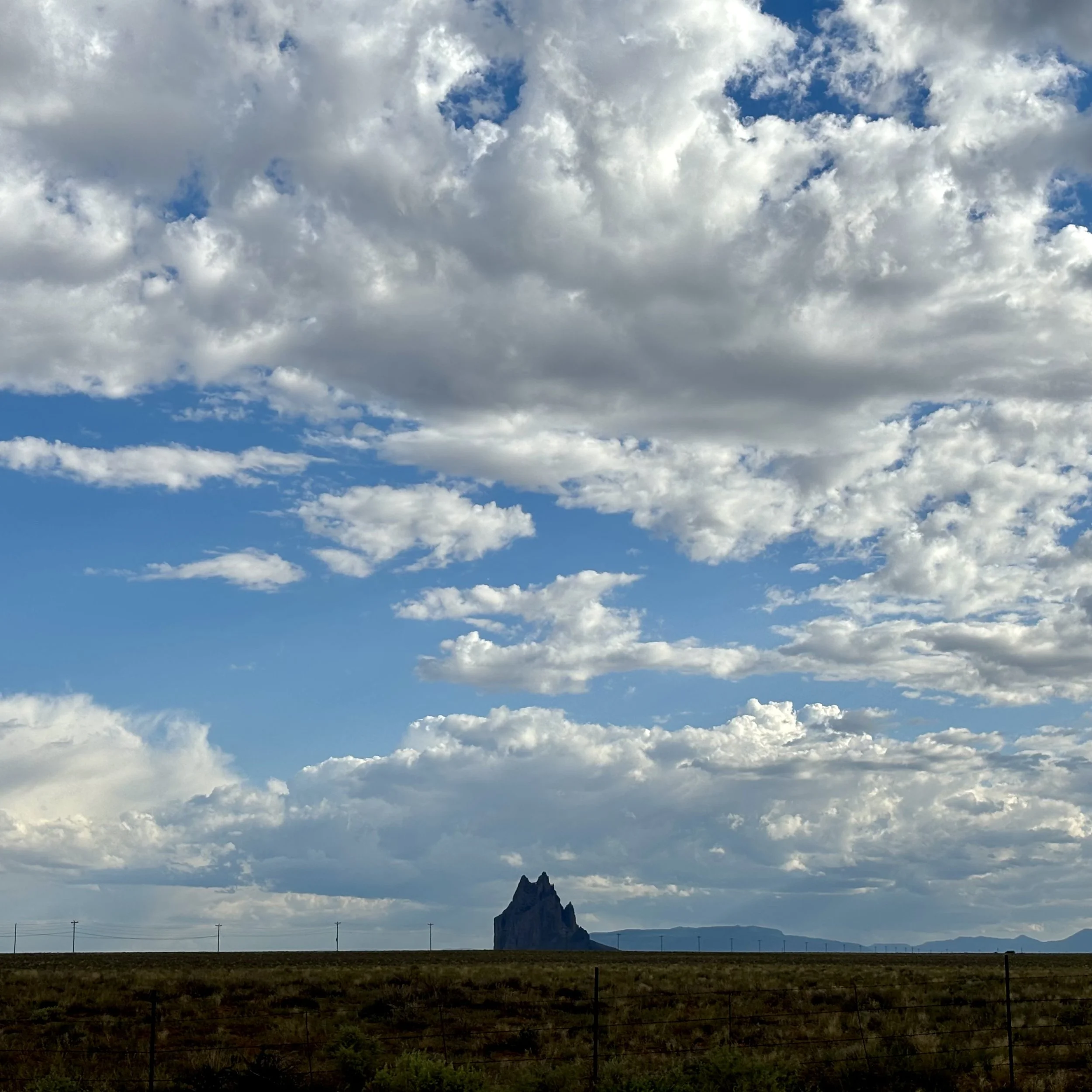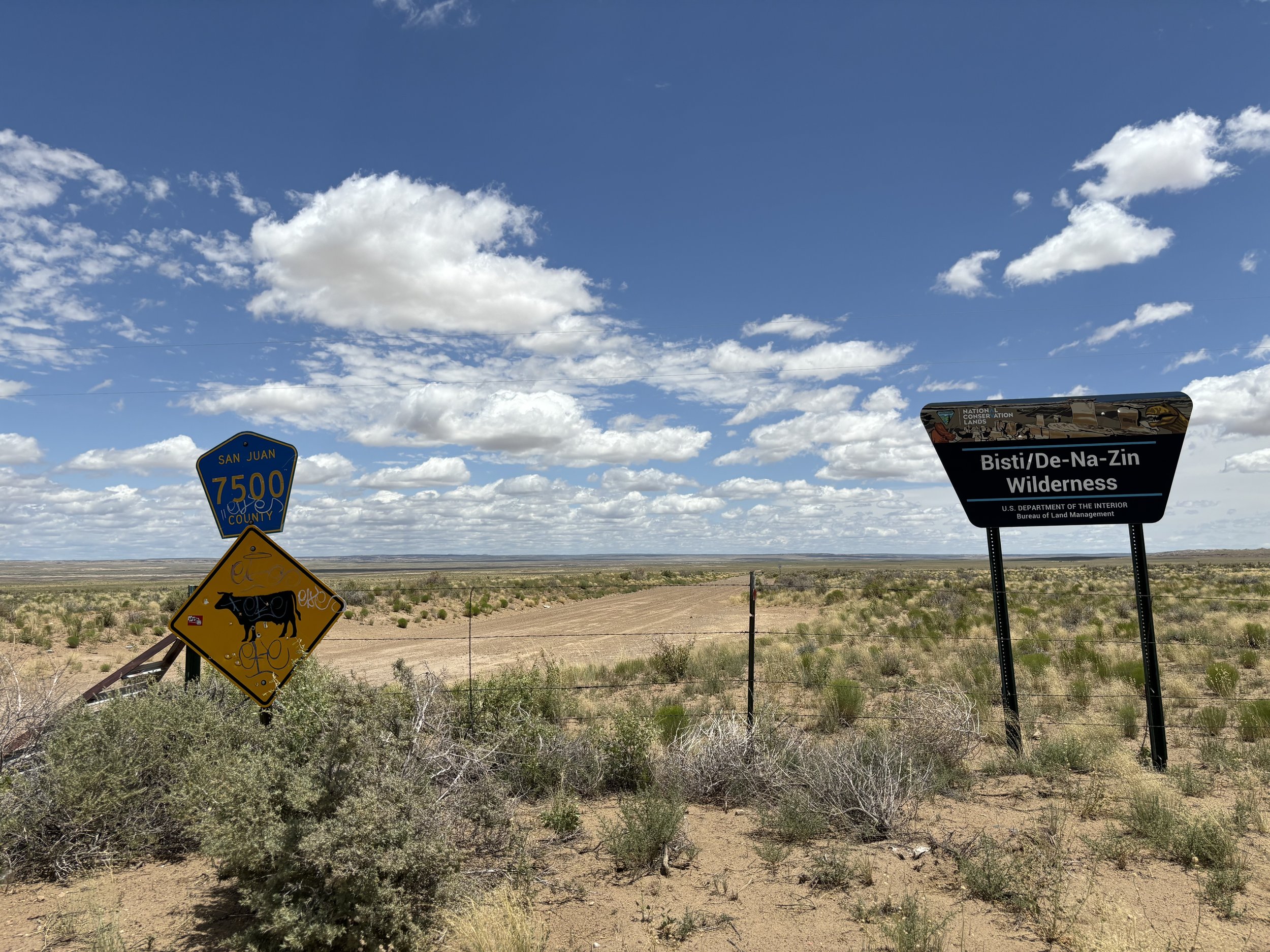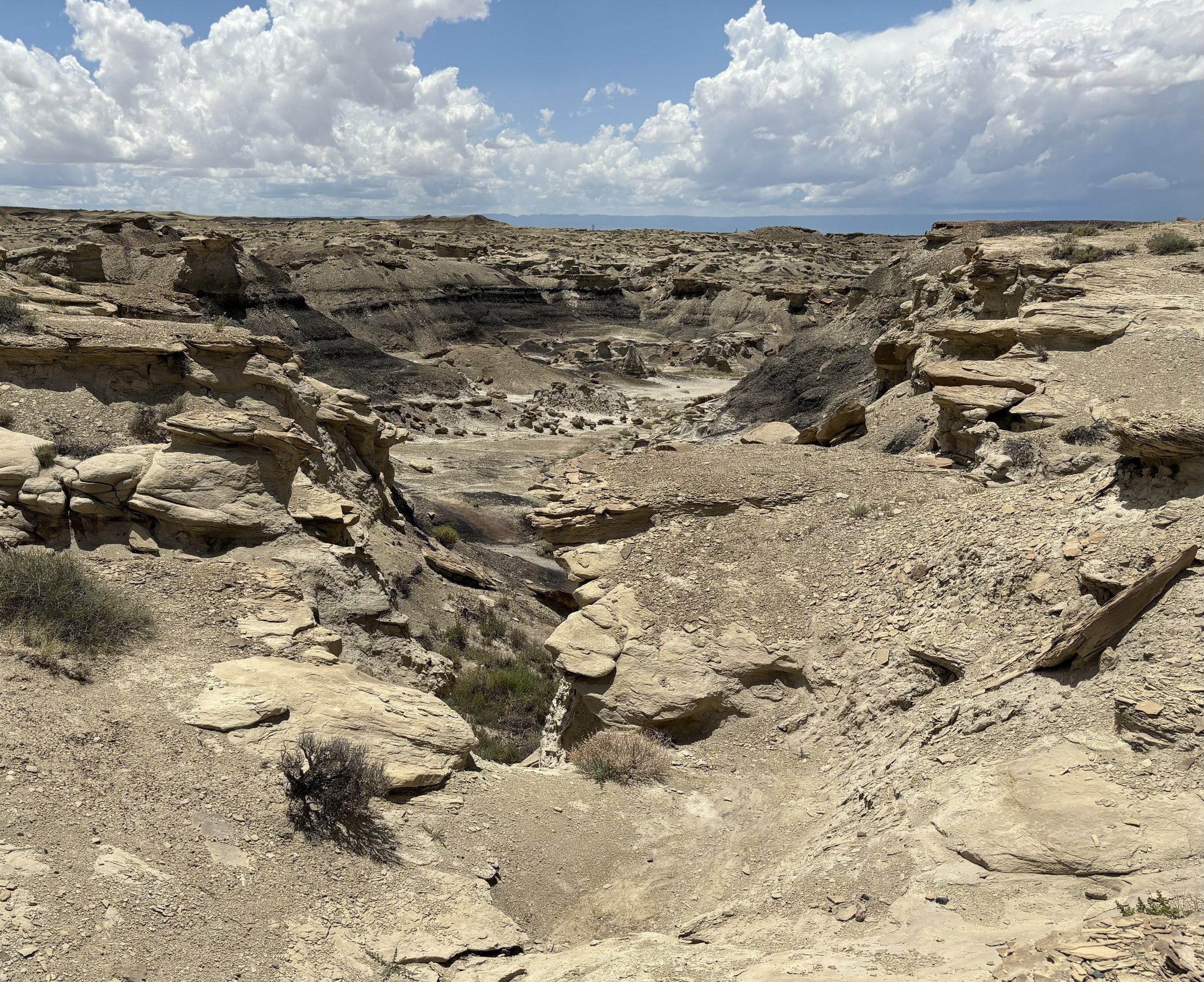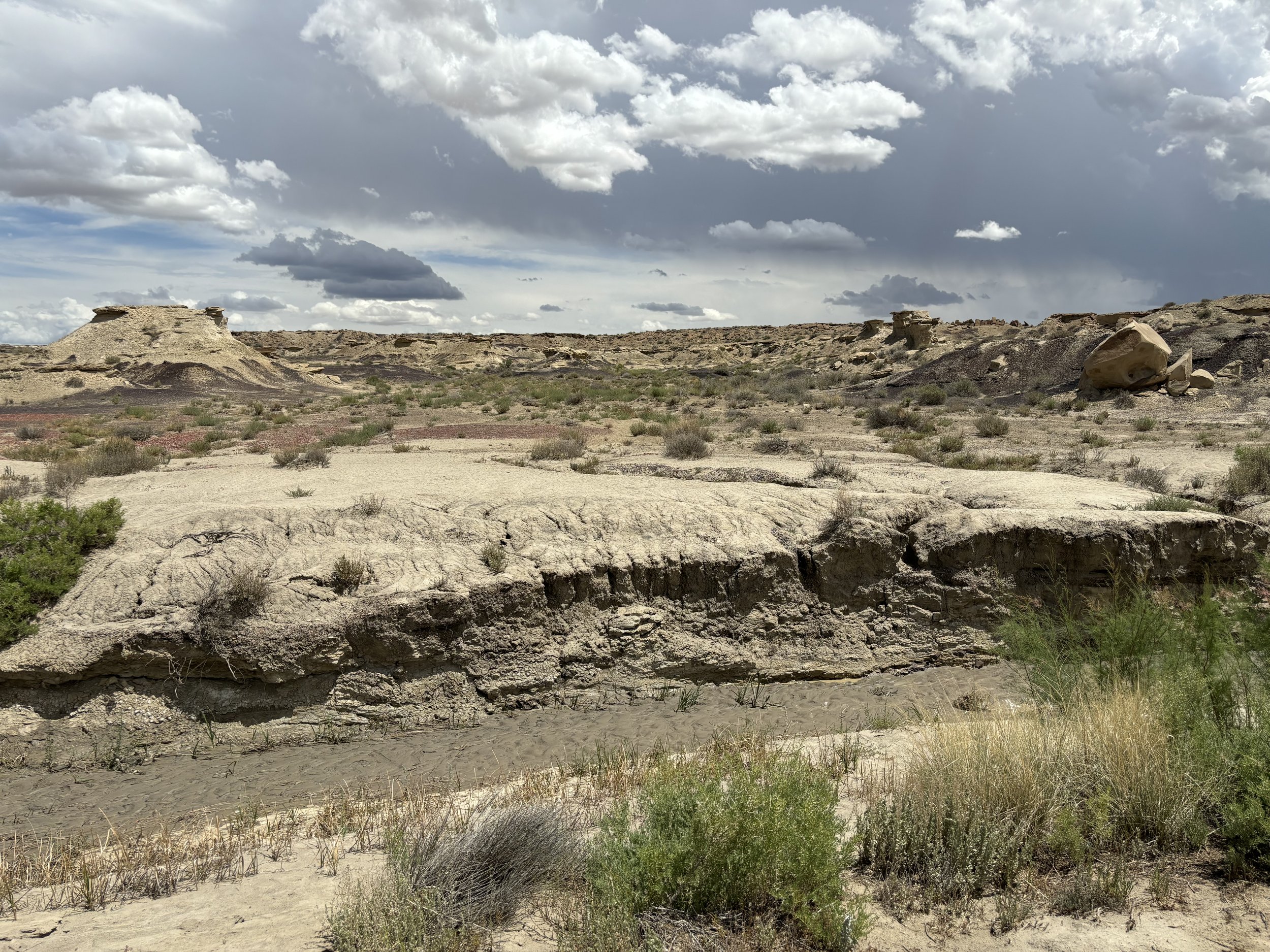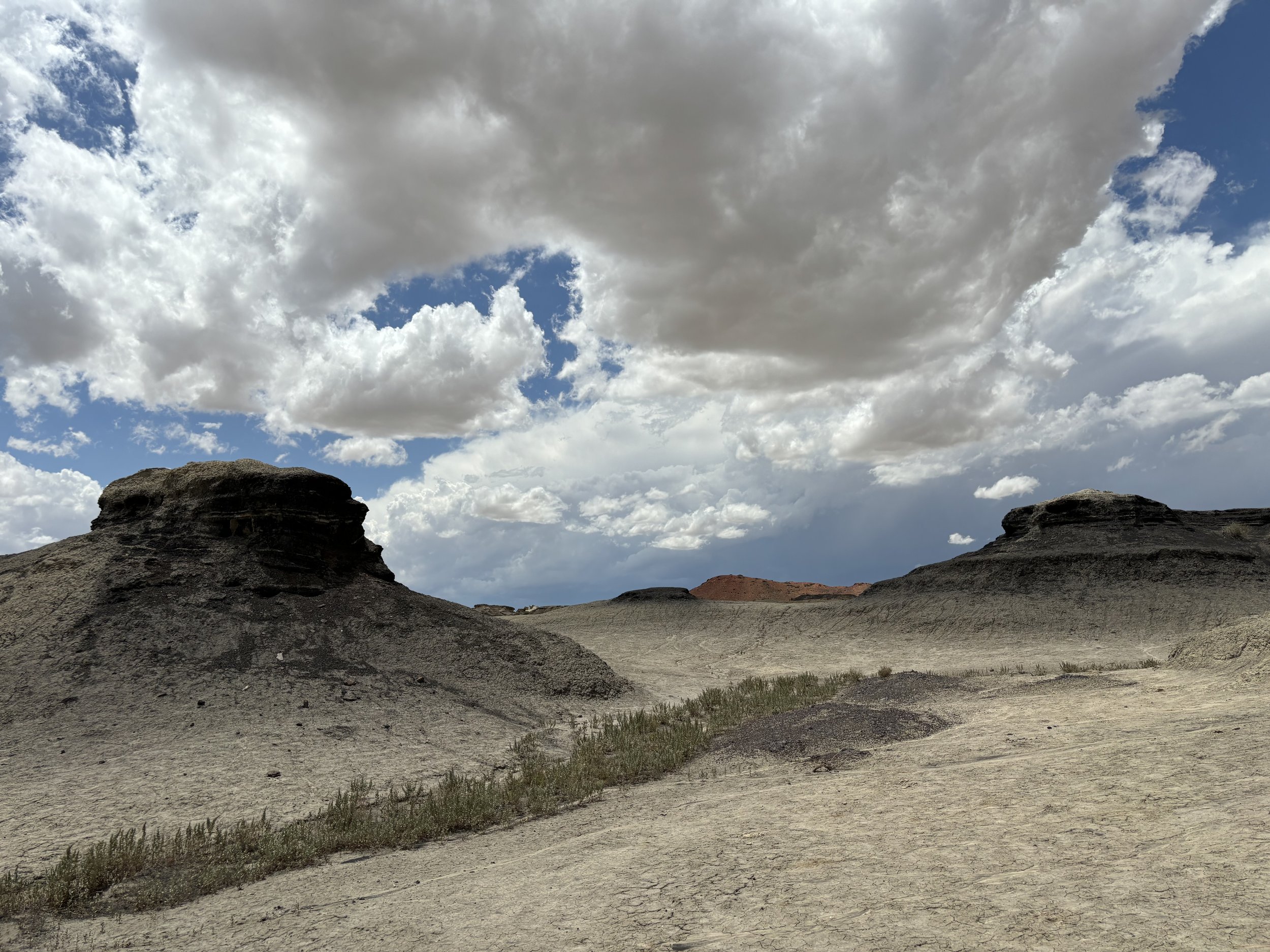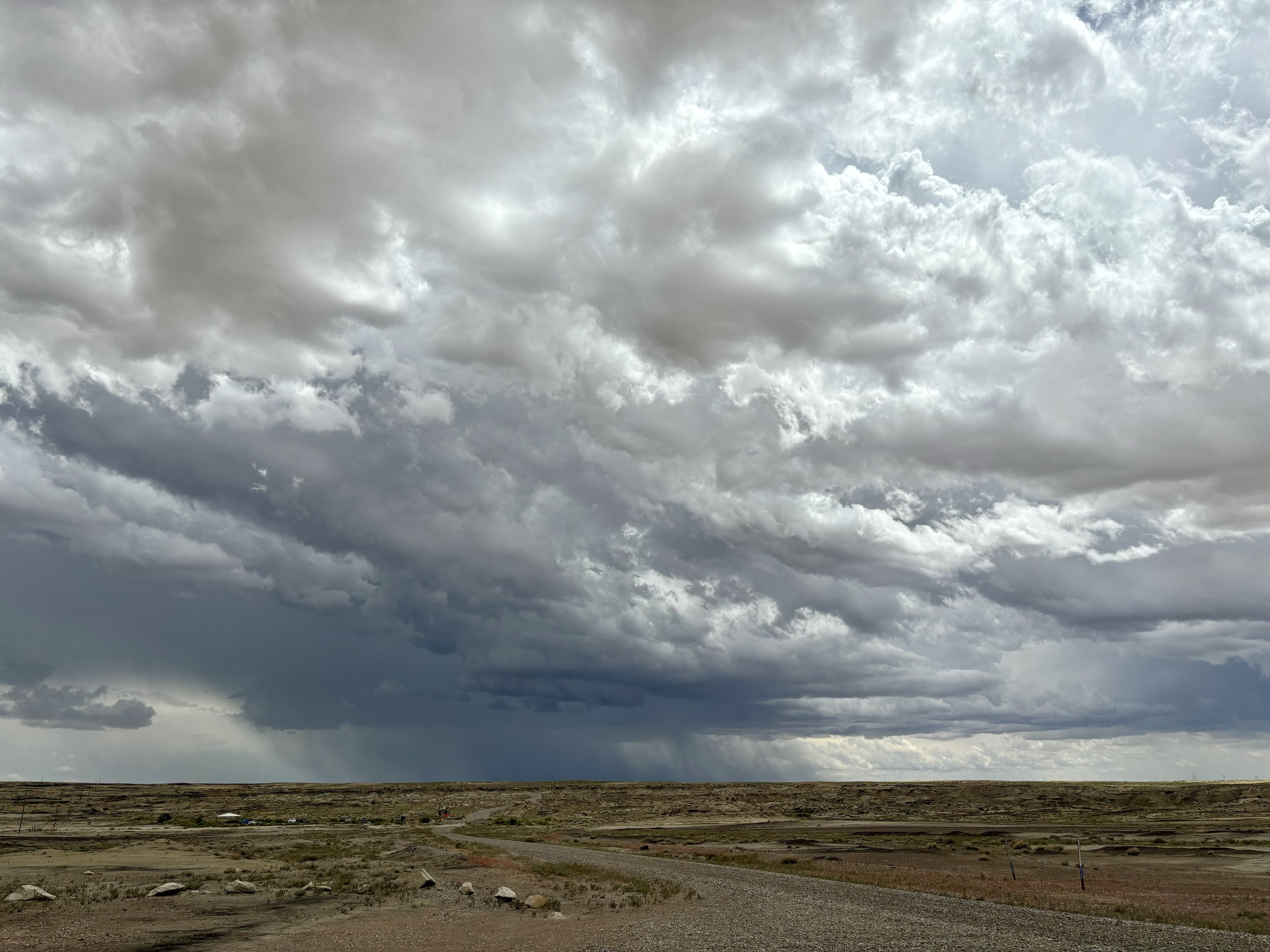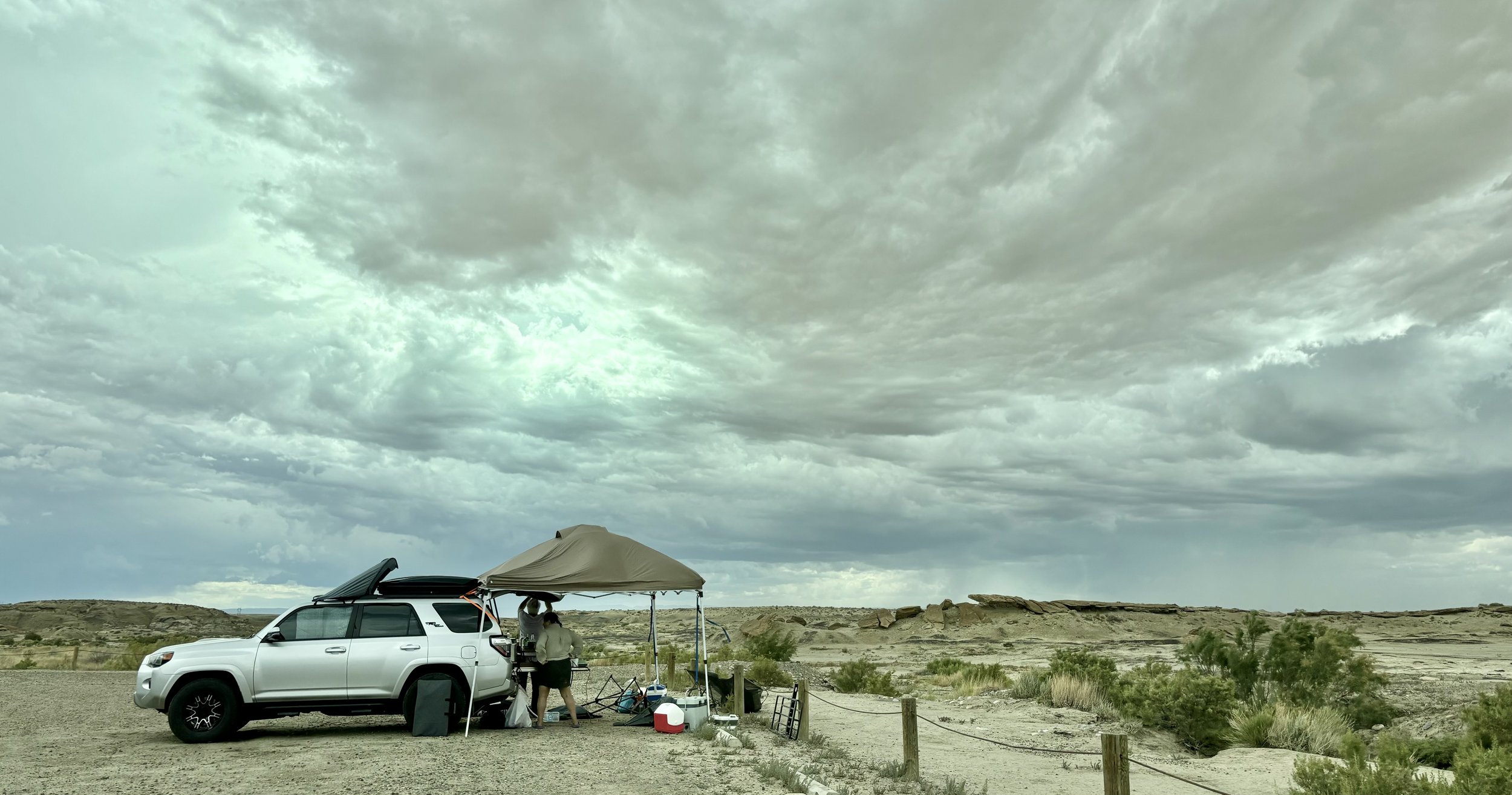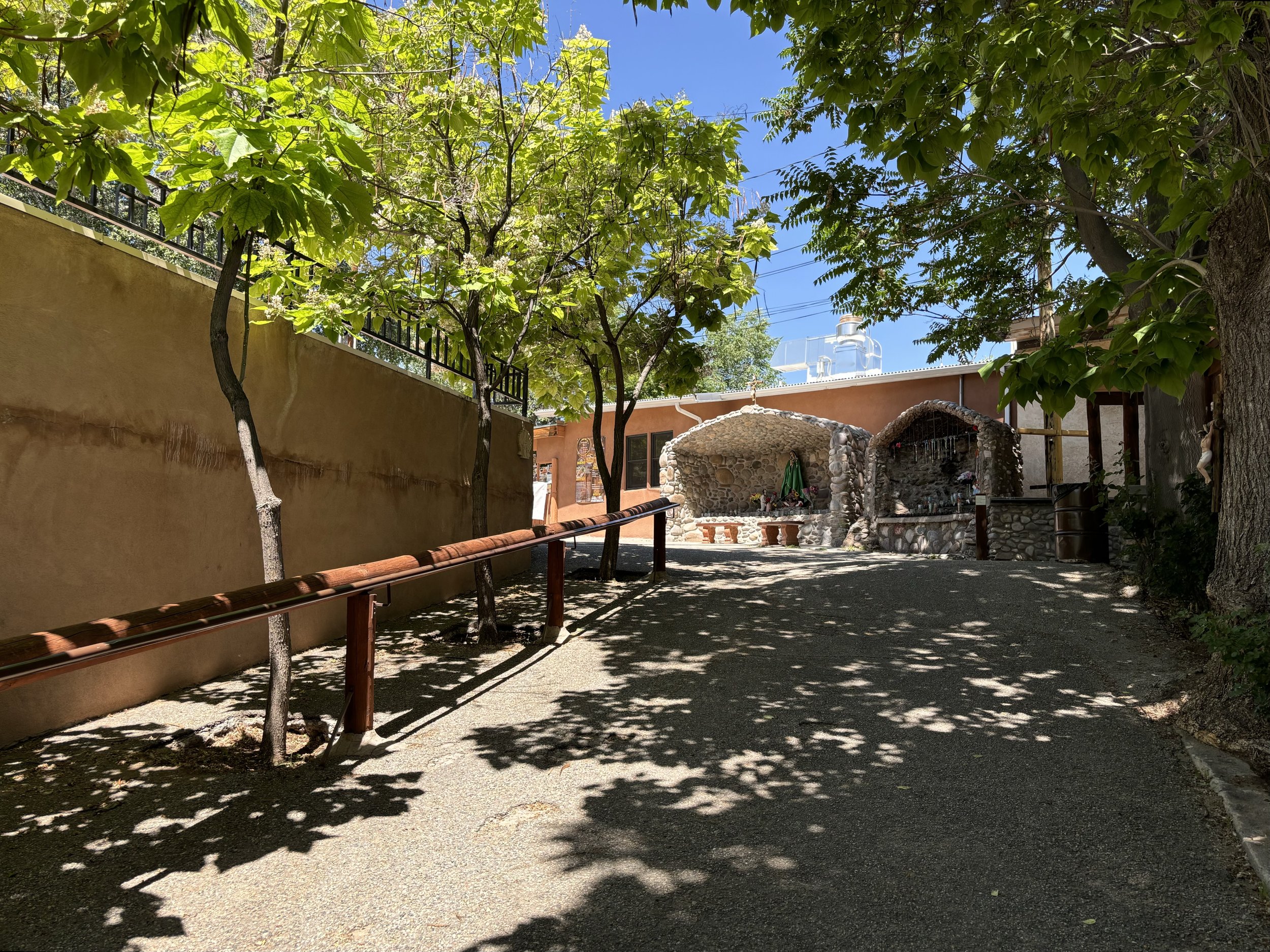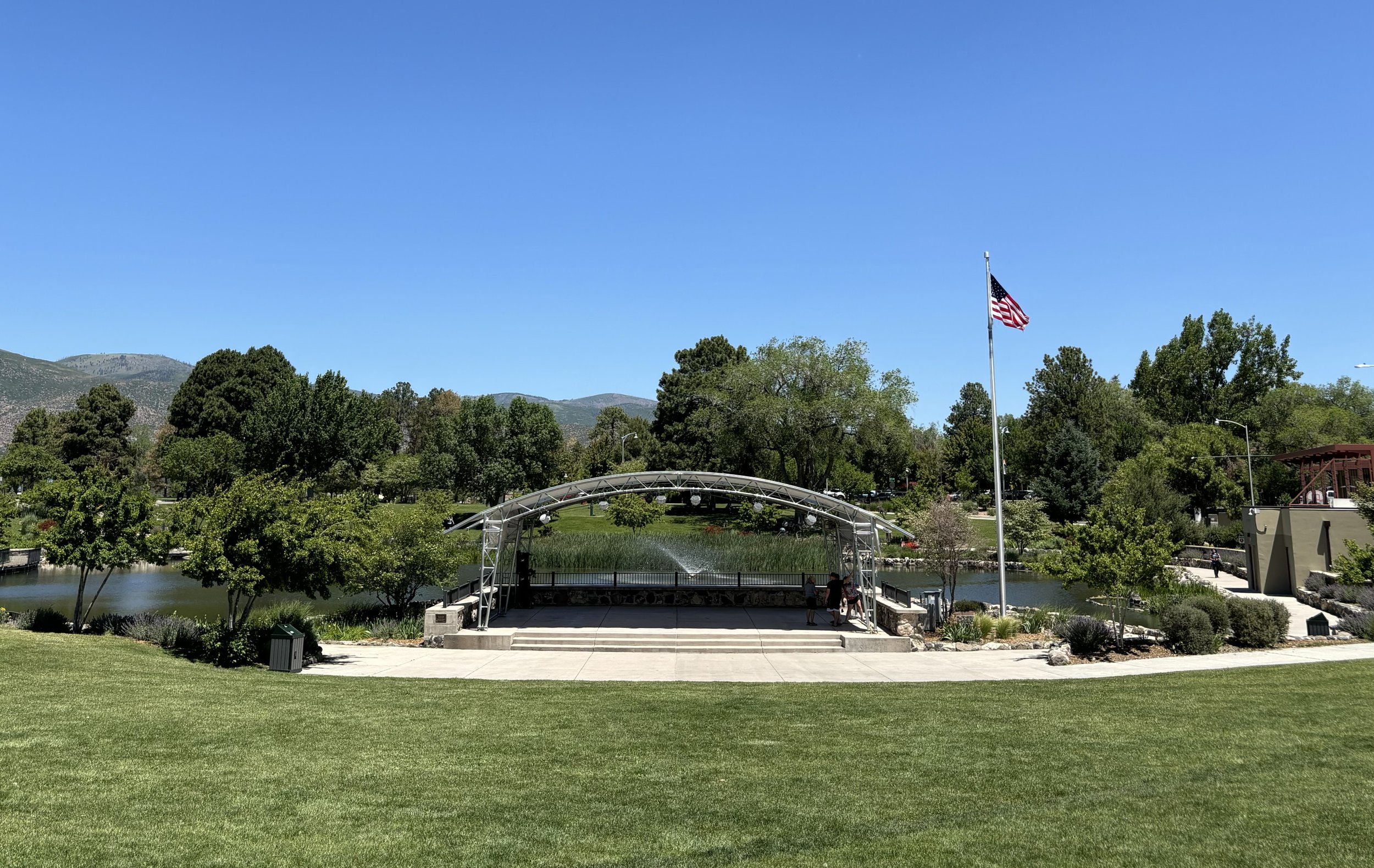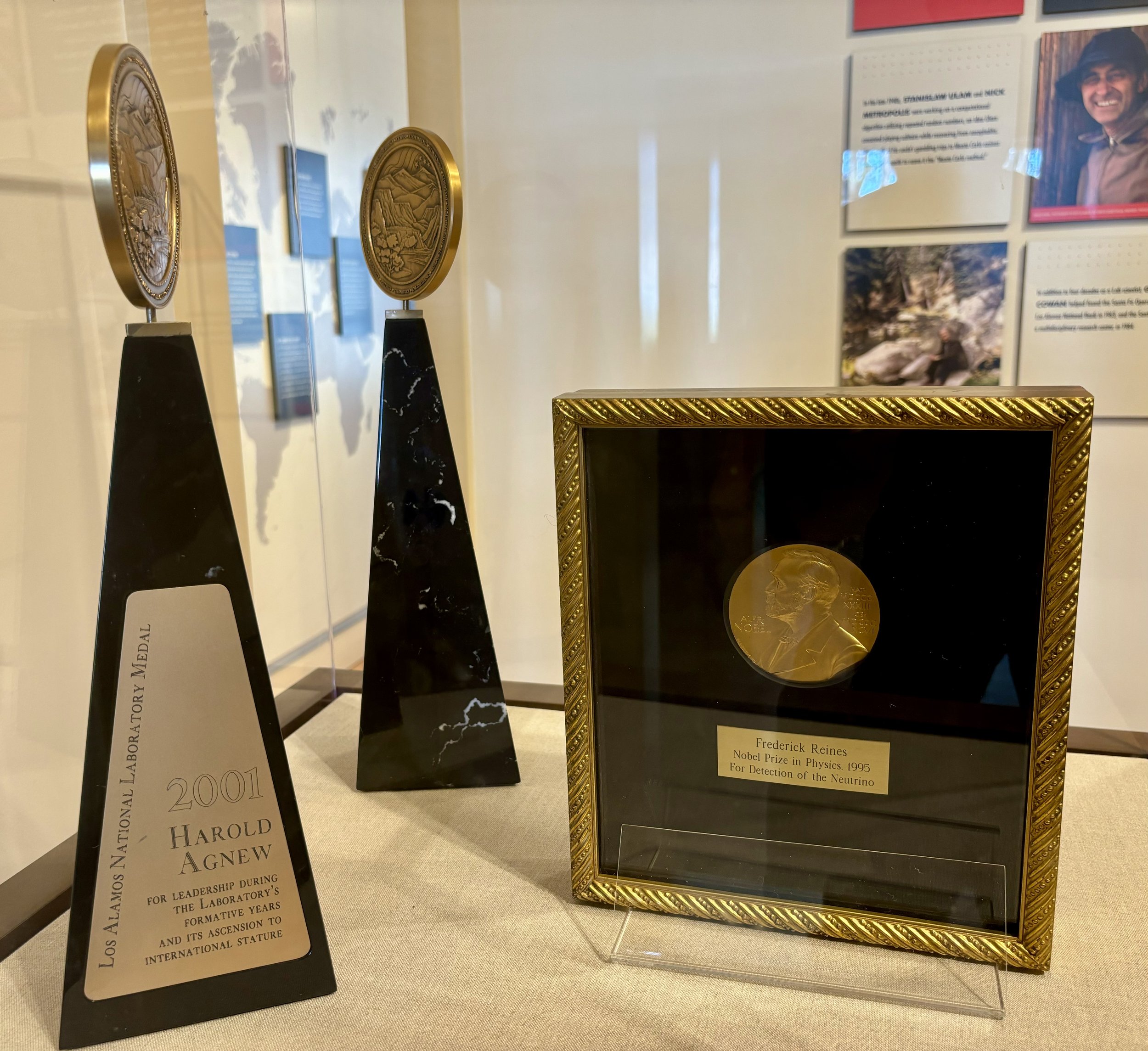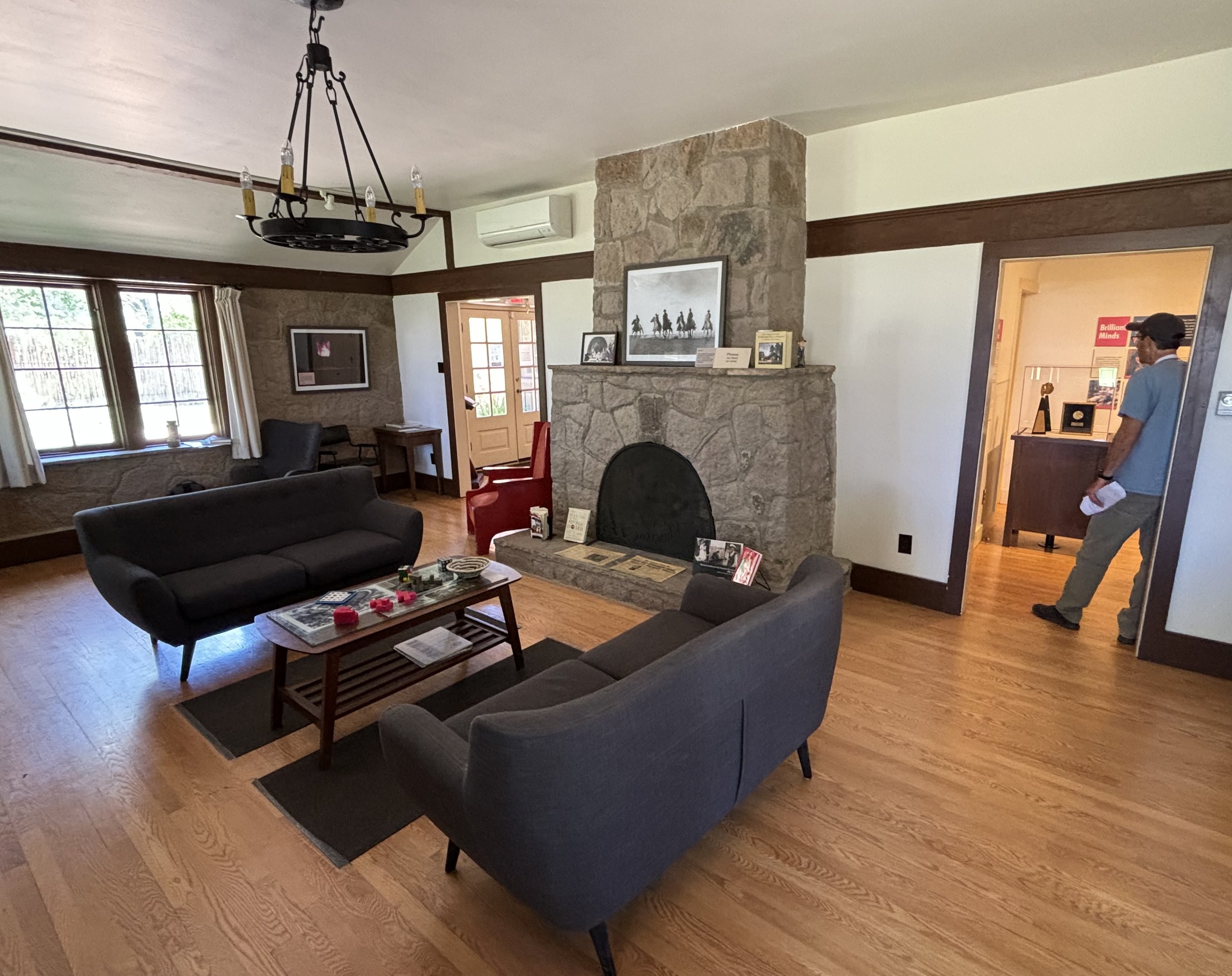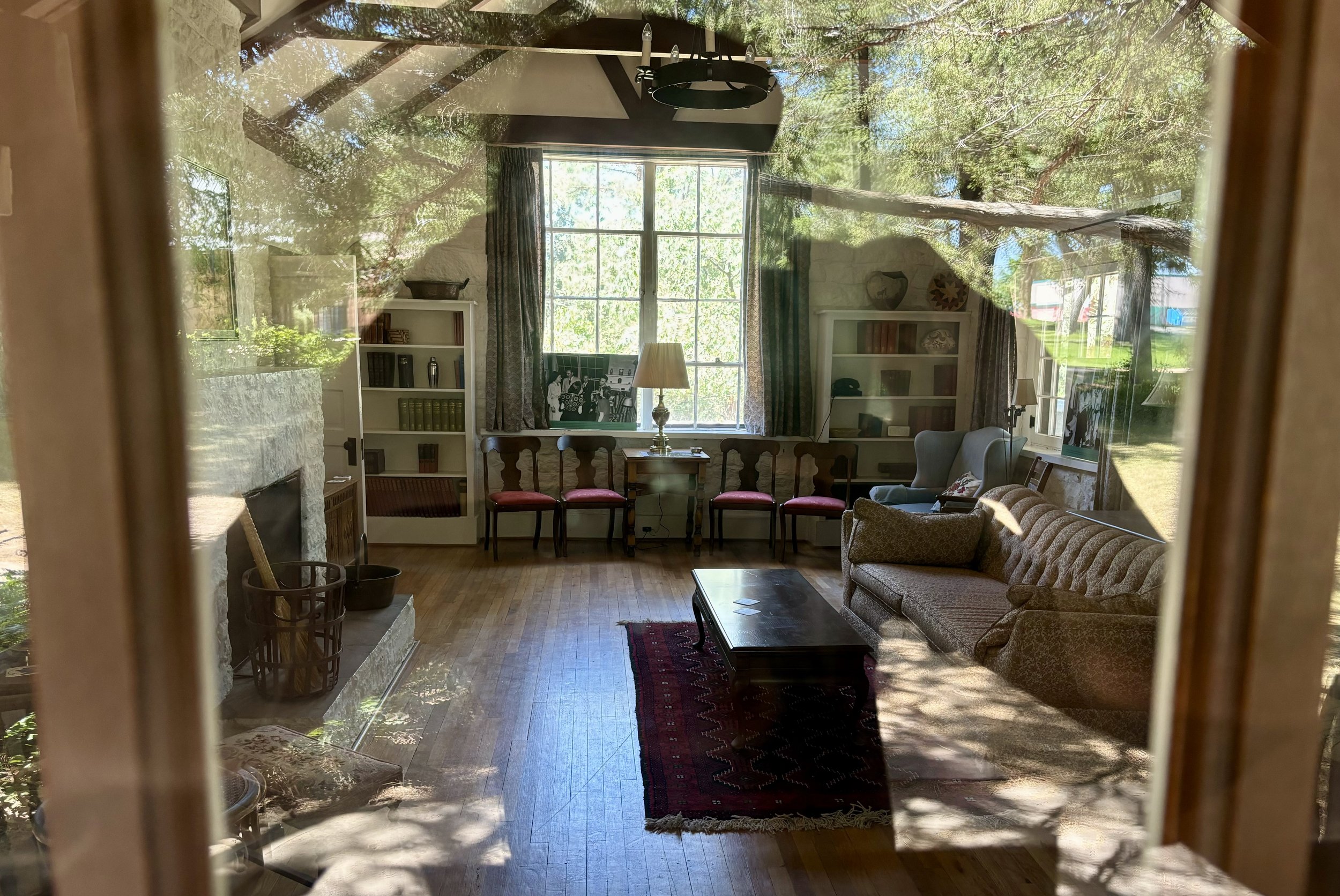After descending back down Moki Dugway, I paused at the entryway into the Valley of the Gods, knowing it had little activity due to the road being more rocky and natural. The recent flood would also guarantee that.
A 17-mile dirt and gravel road winds through the valley. It is sandy and bumpy, with steep sections. Because of its isolated nature, people exploring Valley of the Gods need to be self-sufficient and carry emergency supplies. There are no facilities, no gas stations, stores or services. You may or may not see other travelers along the road.
A couple miles in on the periphery was a bed and breakfast! It’s one of the most remote b&bs I’ve seen in the world. I wonder how they get their food and supplies shipped in? Interesting…
After cresting over a hill, the first cluster started populating into view. They were BIG. Since the area was more preserved and free, none of the formations had names listed. So you are left to imagine what each may be, as the Navajo had done centuries ago.
The next 10 miles along the mid-section of the road were rough. I considered turning around a couple of times, as I had resorted to building rock ramps to navigate over steep inclines of mud and sand, but surmised being half-way through, might as well press forward.
Each twist and turn unraveled the mystical quality of the landscape. By this time I was driving for 3 hours and hadn’t seen anyone. It was peacefully and meditatively silent, except for a modest breeze weaving through the underbrush.
About 4 hours in I saw a person in a 4X4 Jeep. We waived to one another. It was the only other I would encounter on the excursion.
The last section of the drive expanded to views of the entire valley and places that had been traveled through from the entryway. A couple additional formations were speckled throughout, making for an afternoon well spent.
When you are far out and remote with no one else around, the state of wonder and awe intensify. Several times I parked and walked around the behemoths, staring up hundreds of feet and thinking about the generations of people and civilizations that have risen and fallen since they existed. In that sense it was like an ancient encounter with ultra-natural forces.
The Valley of the Gods lives up to the name.

